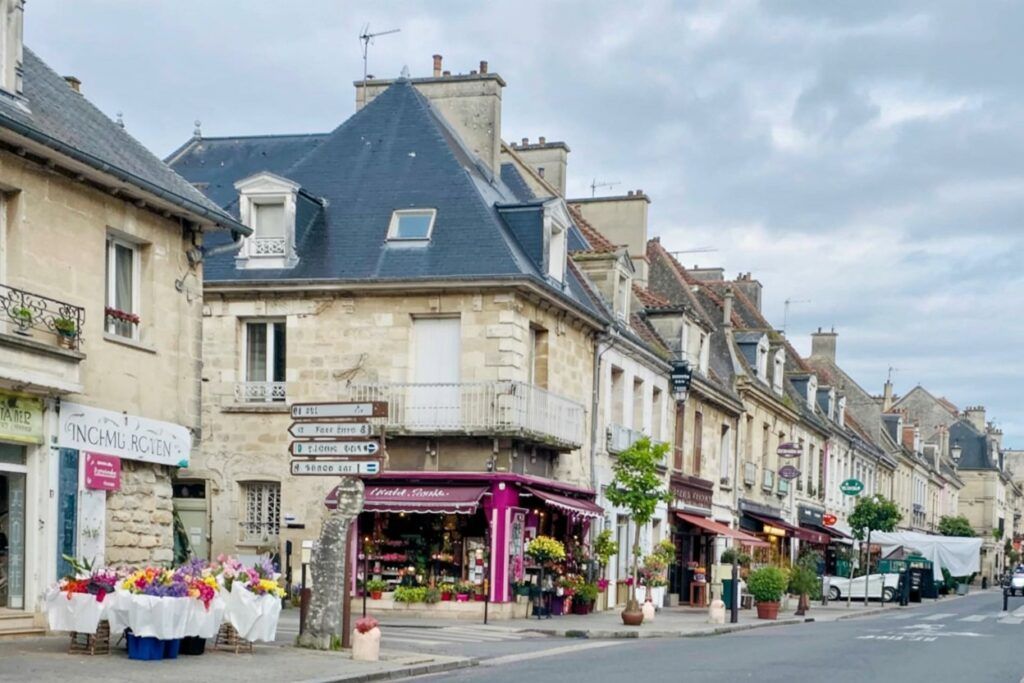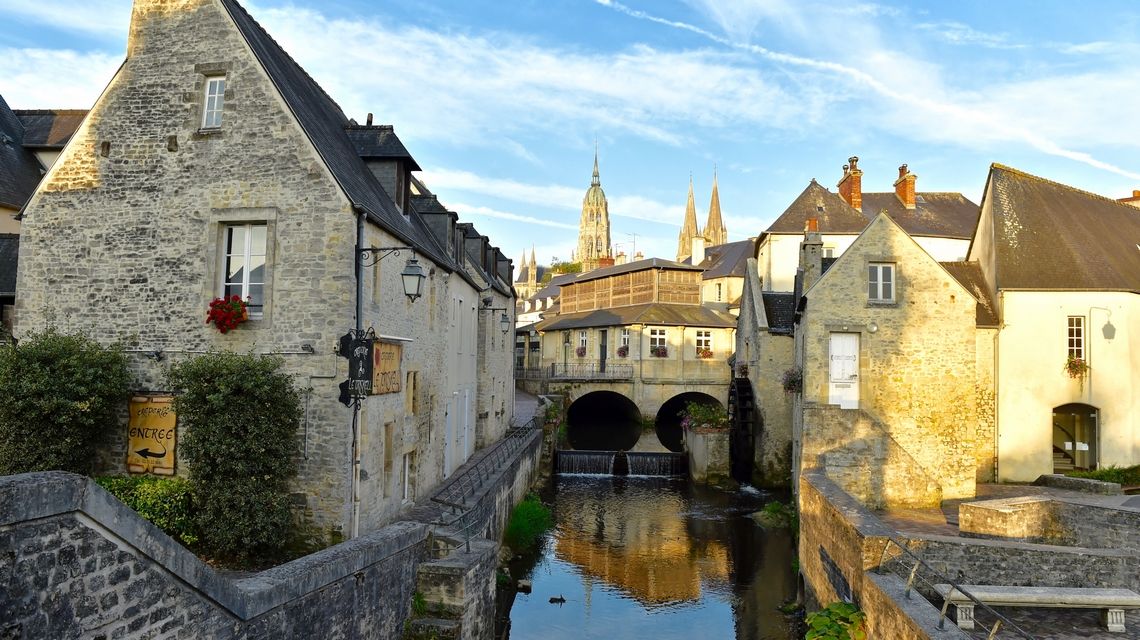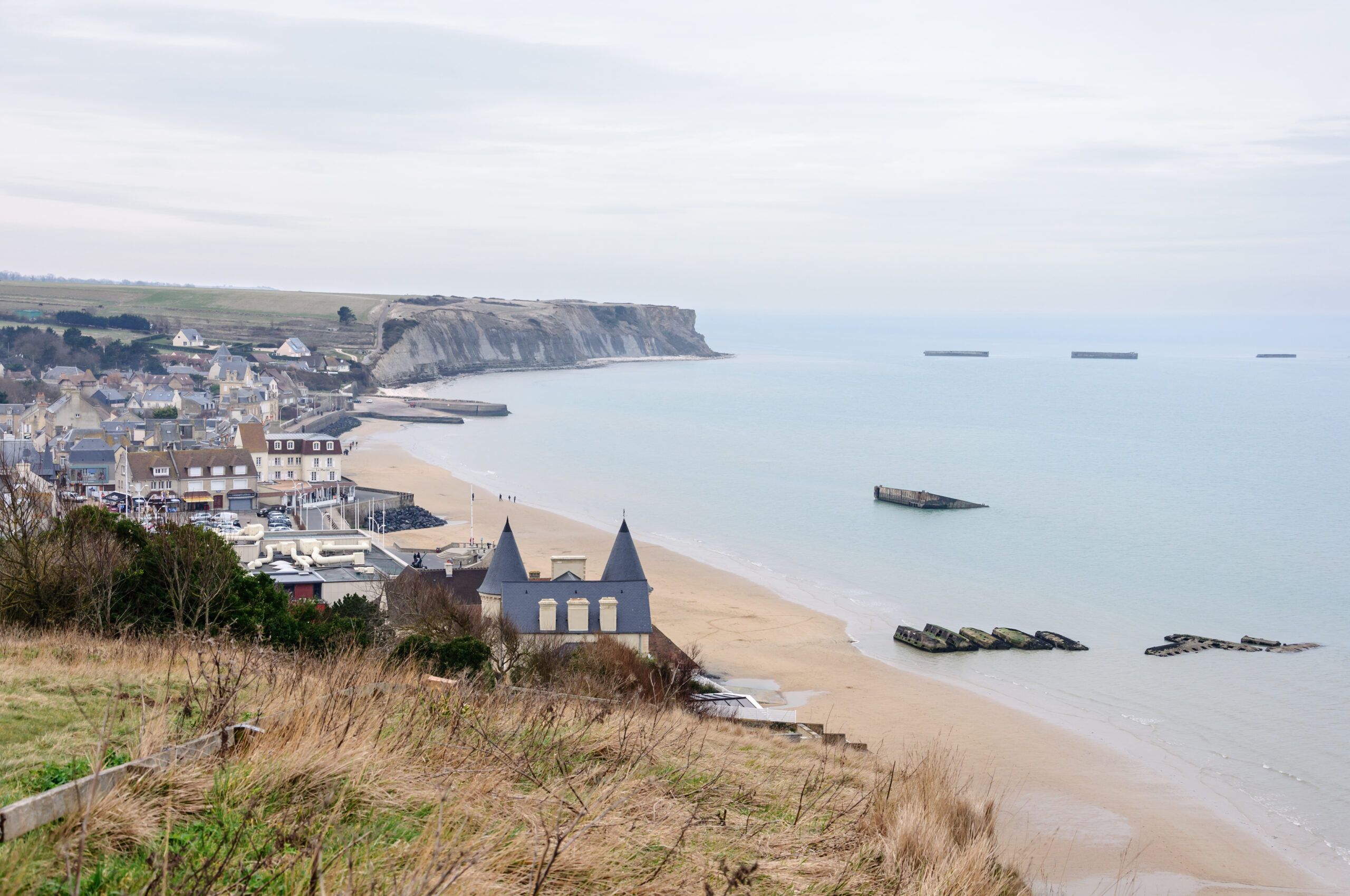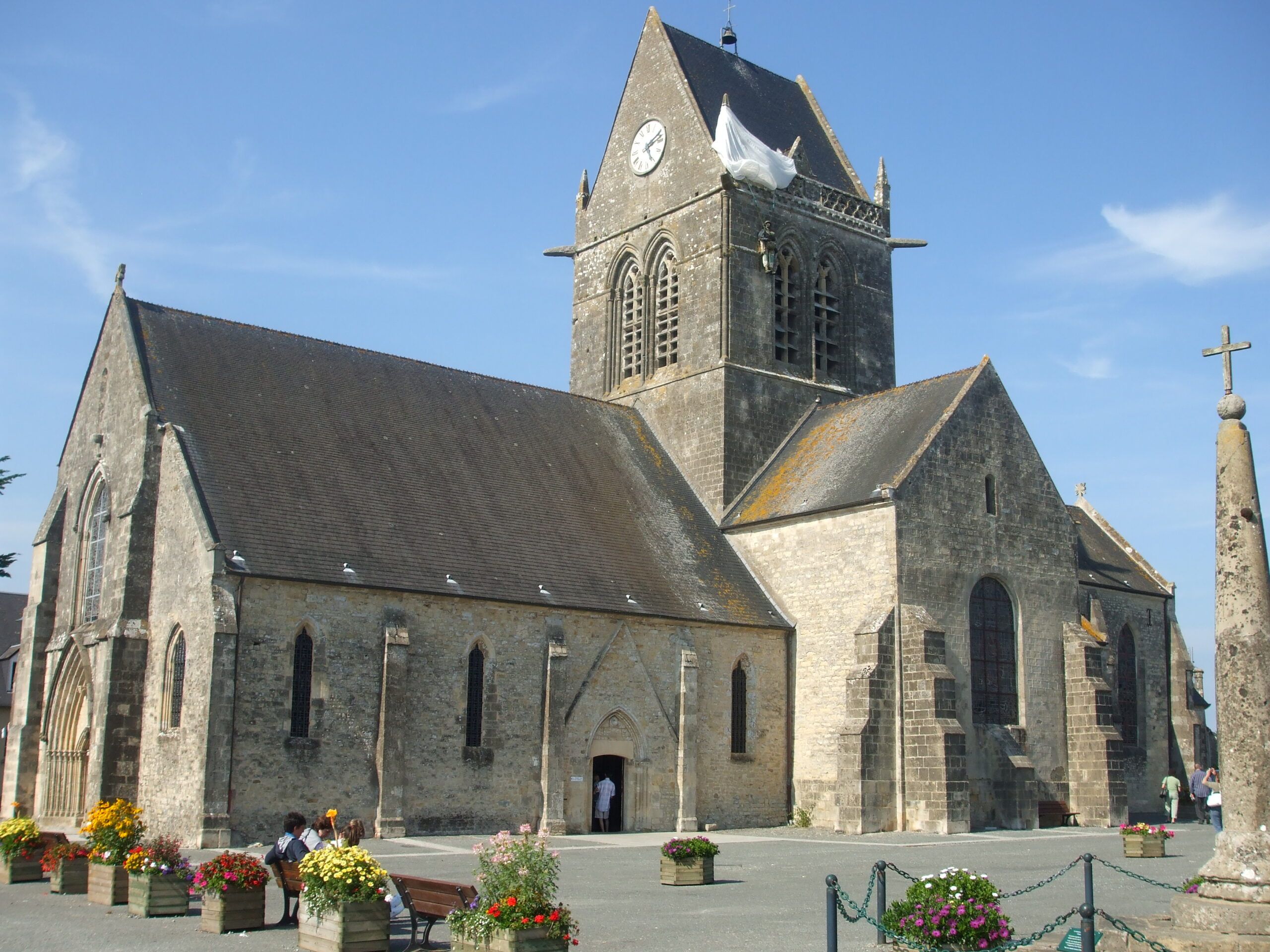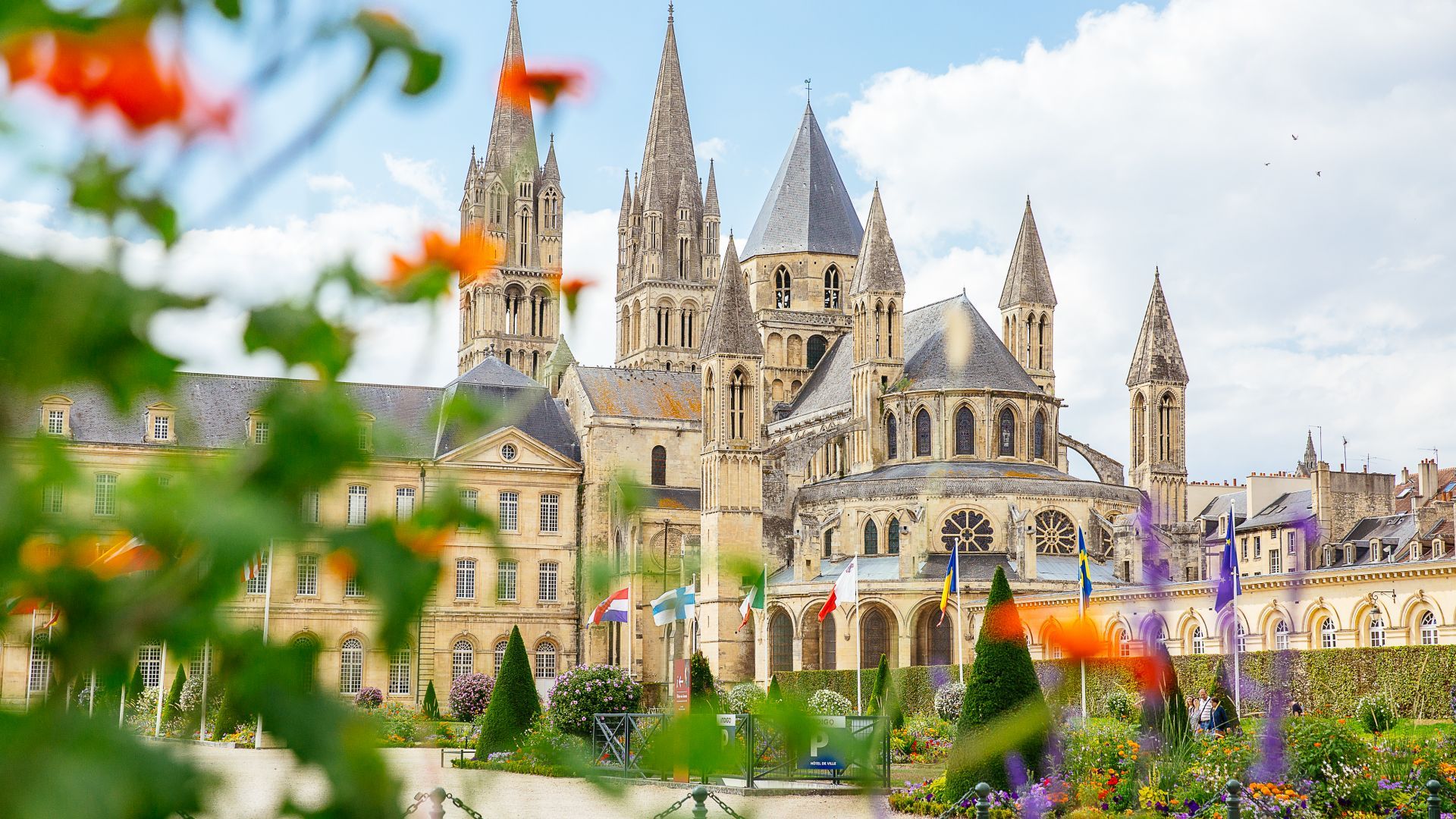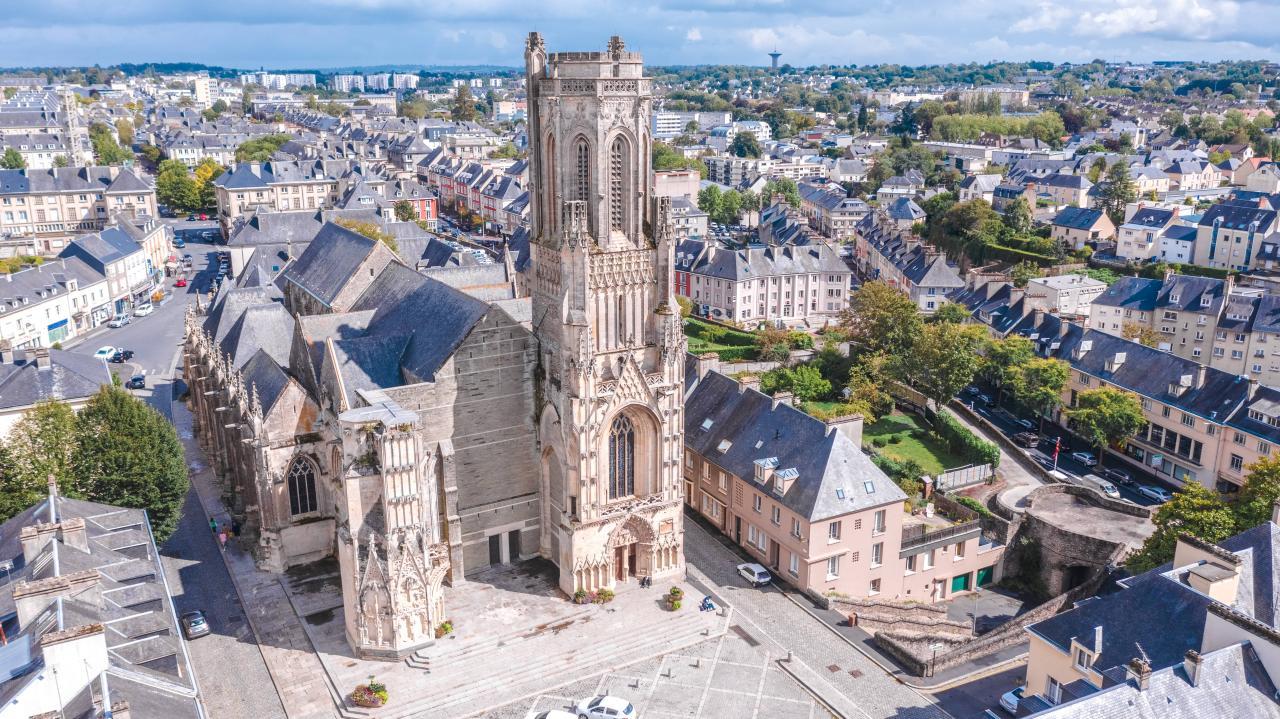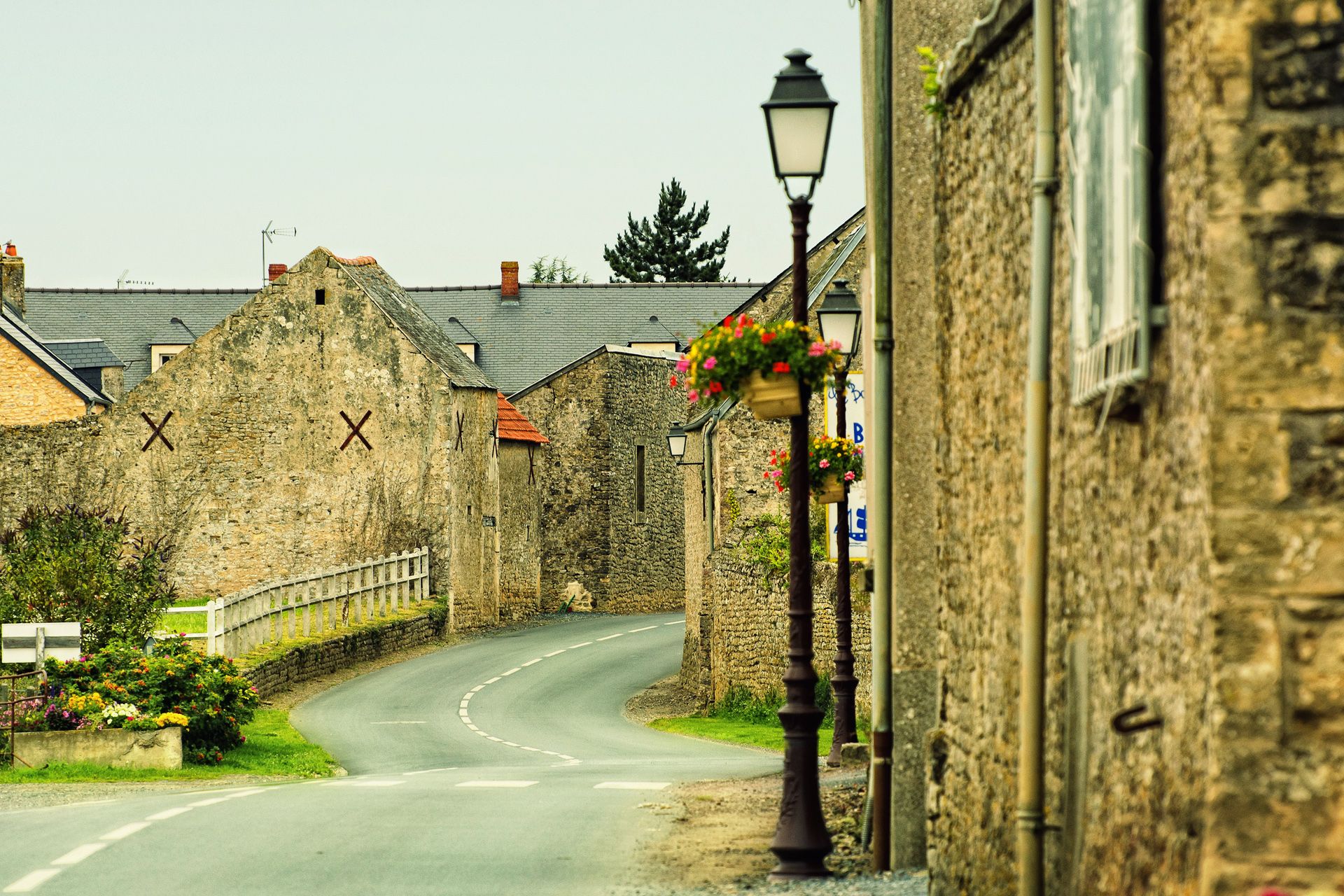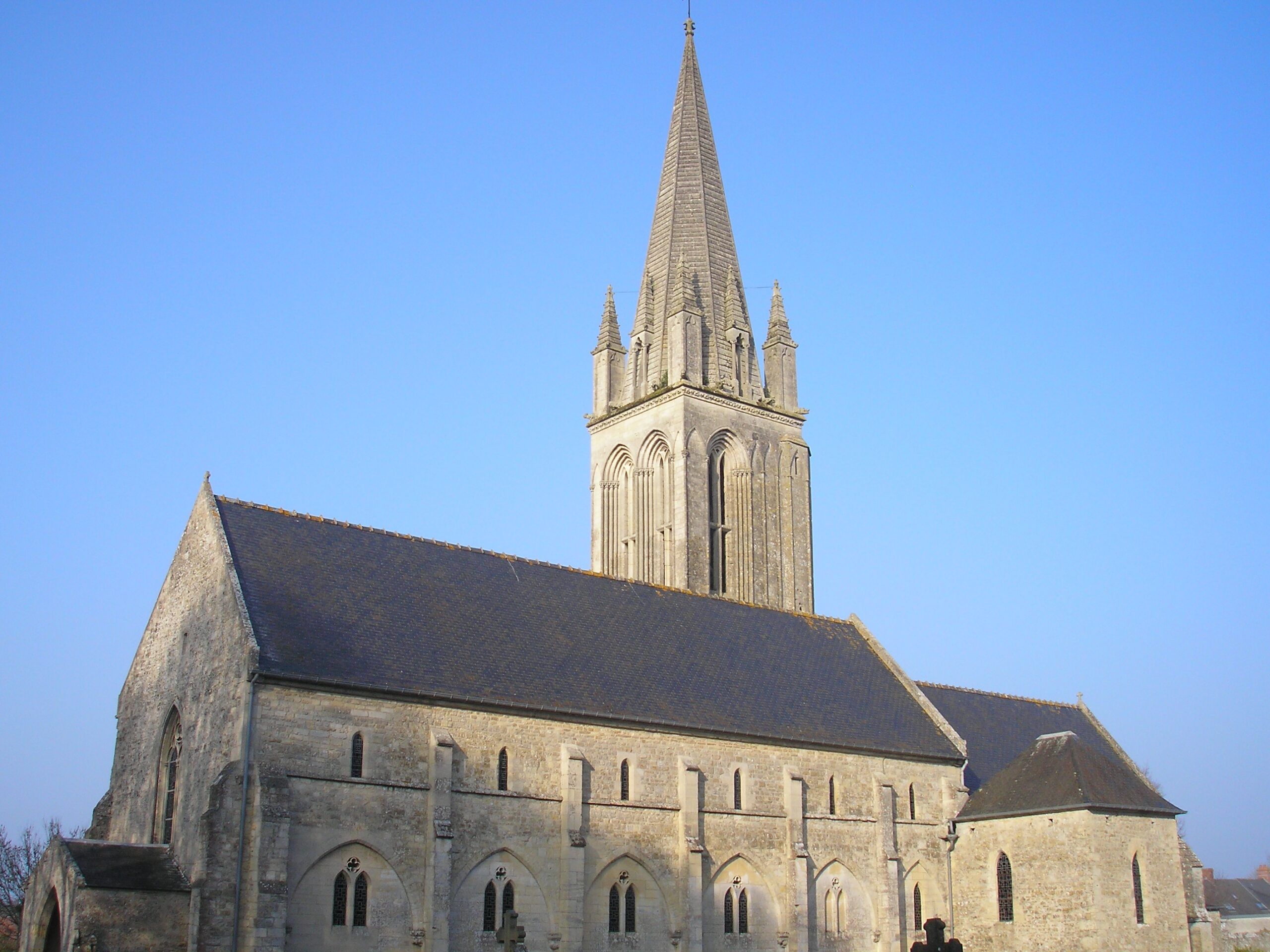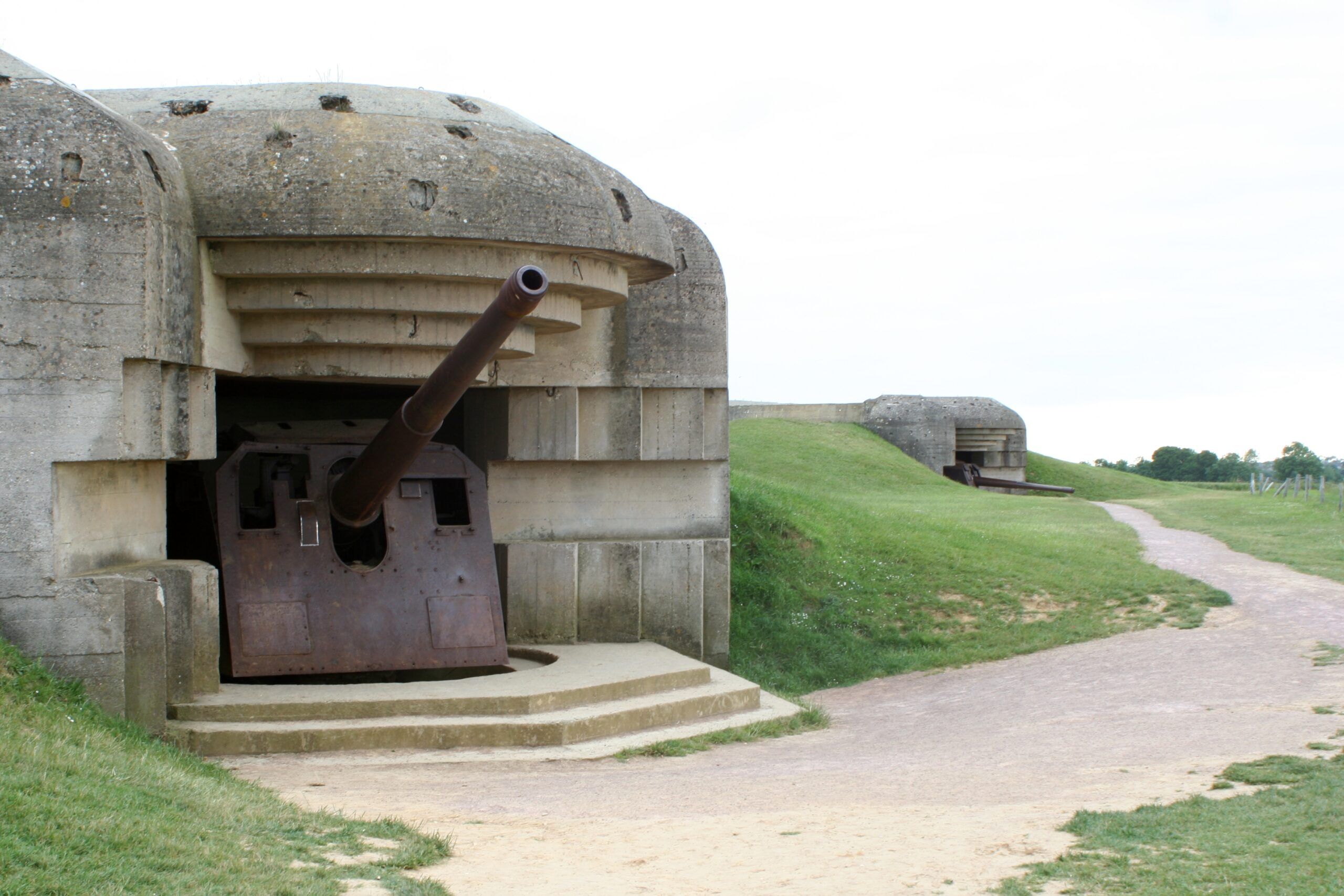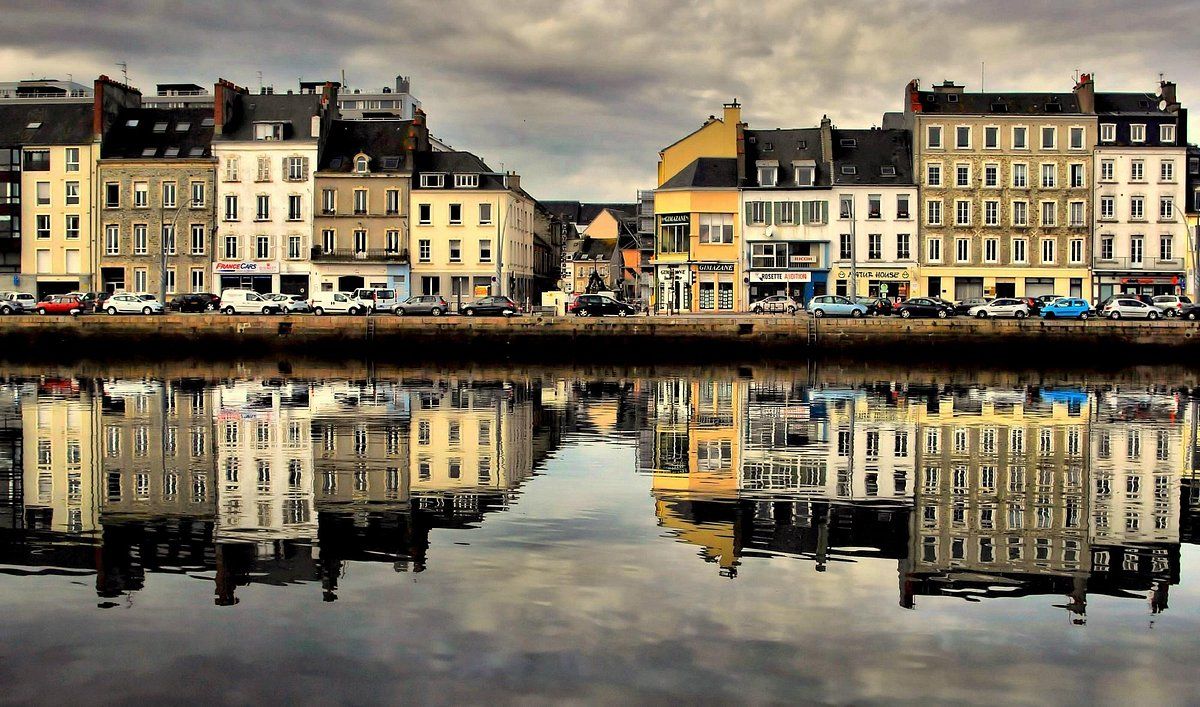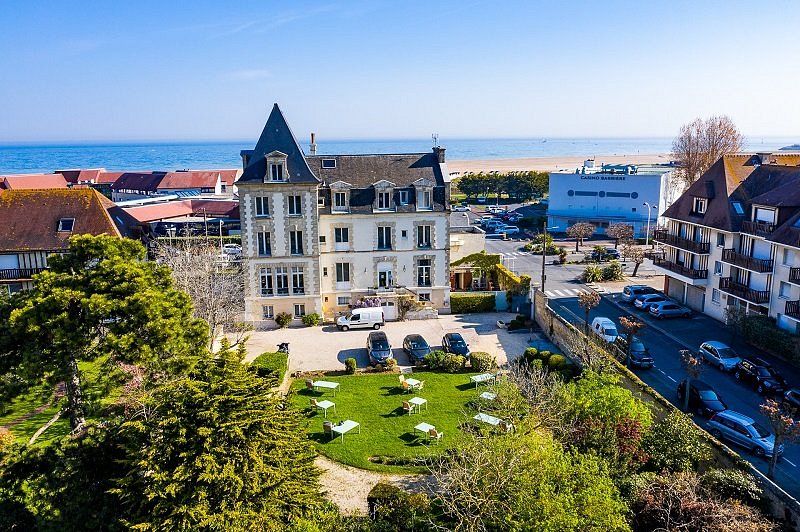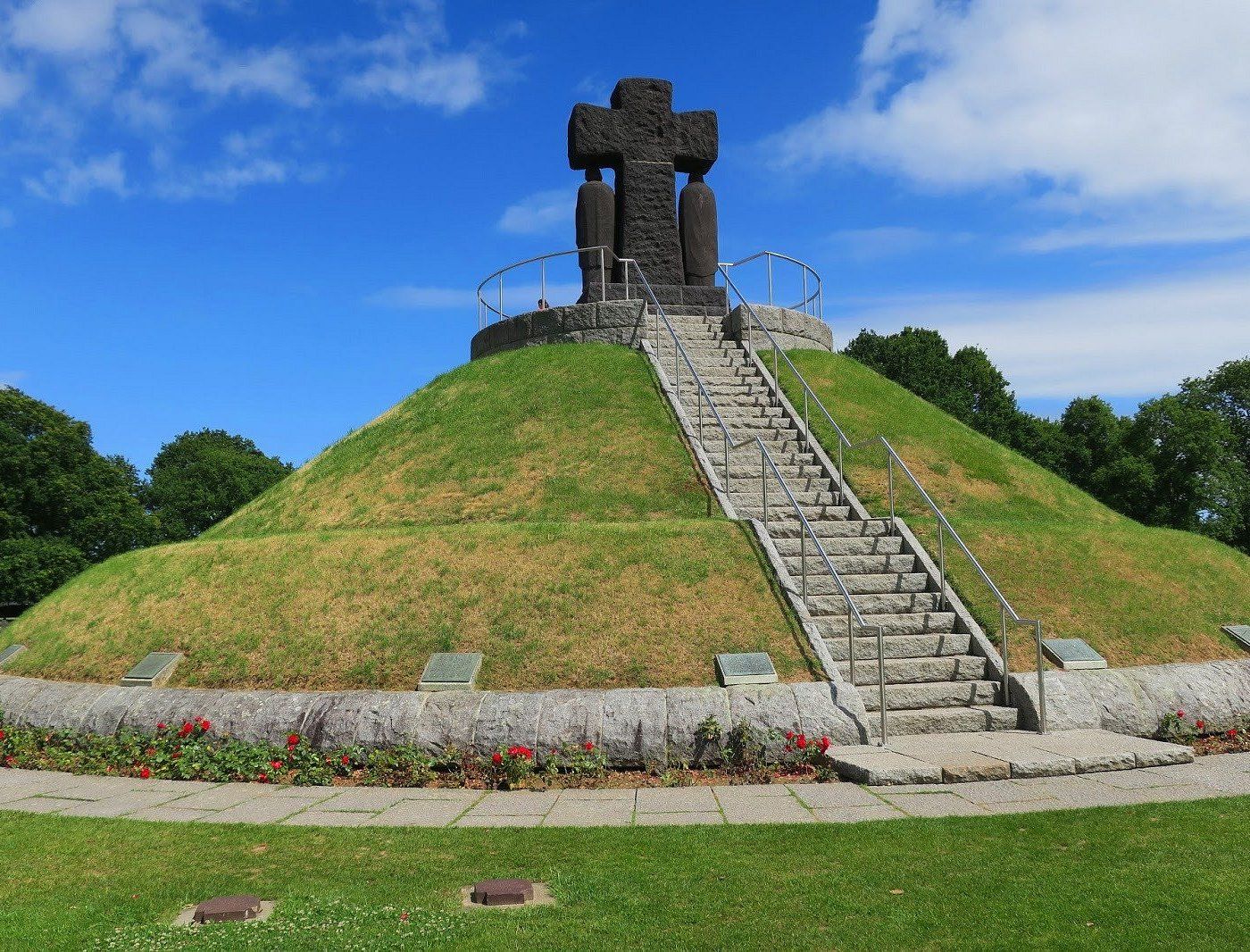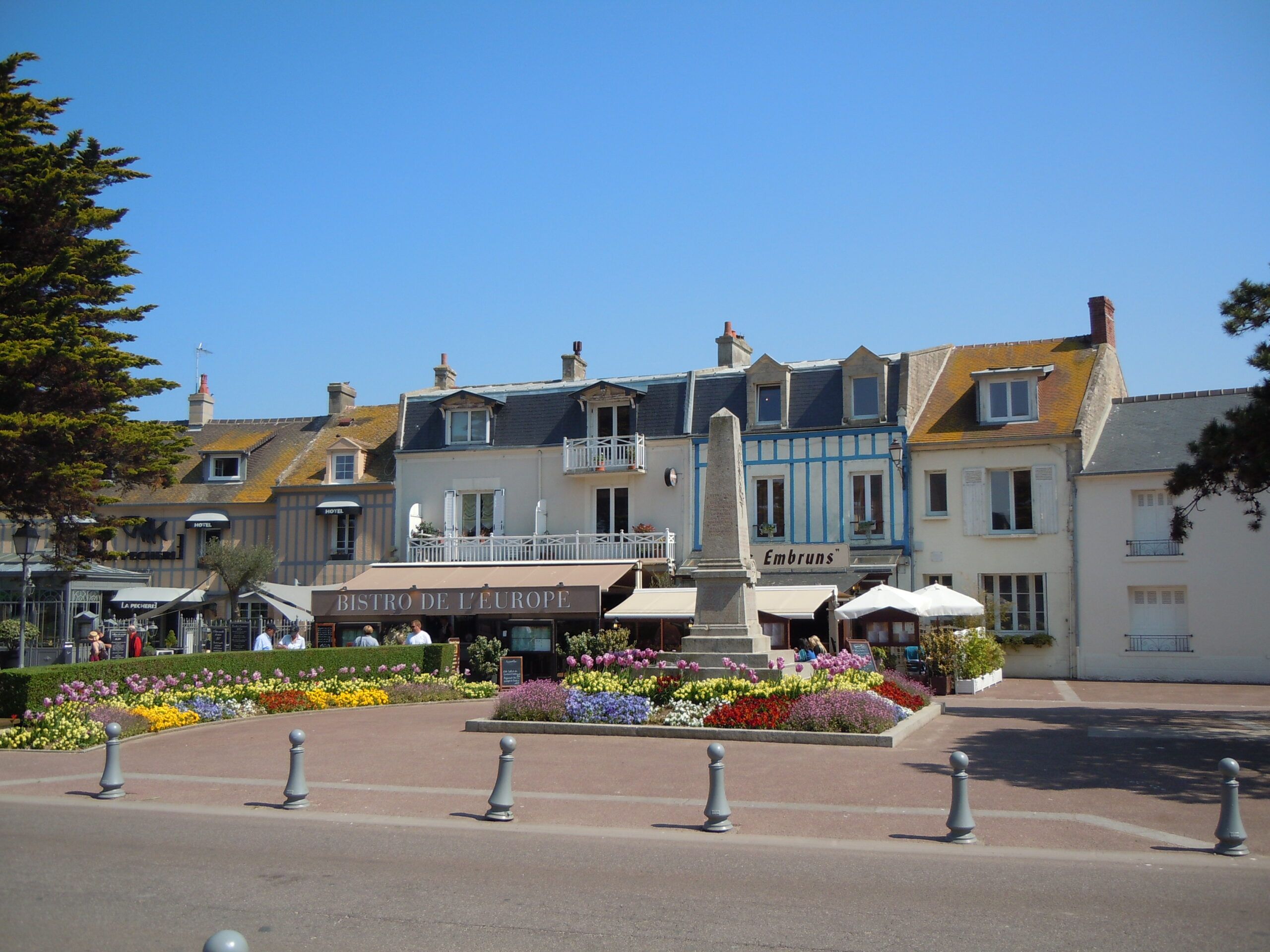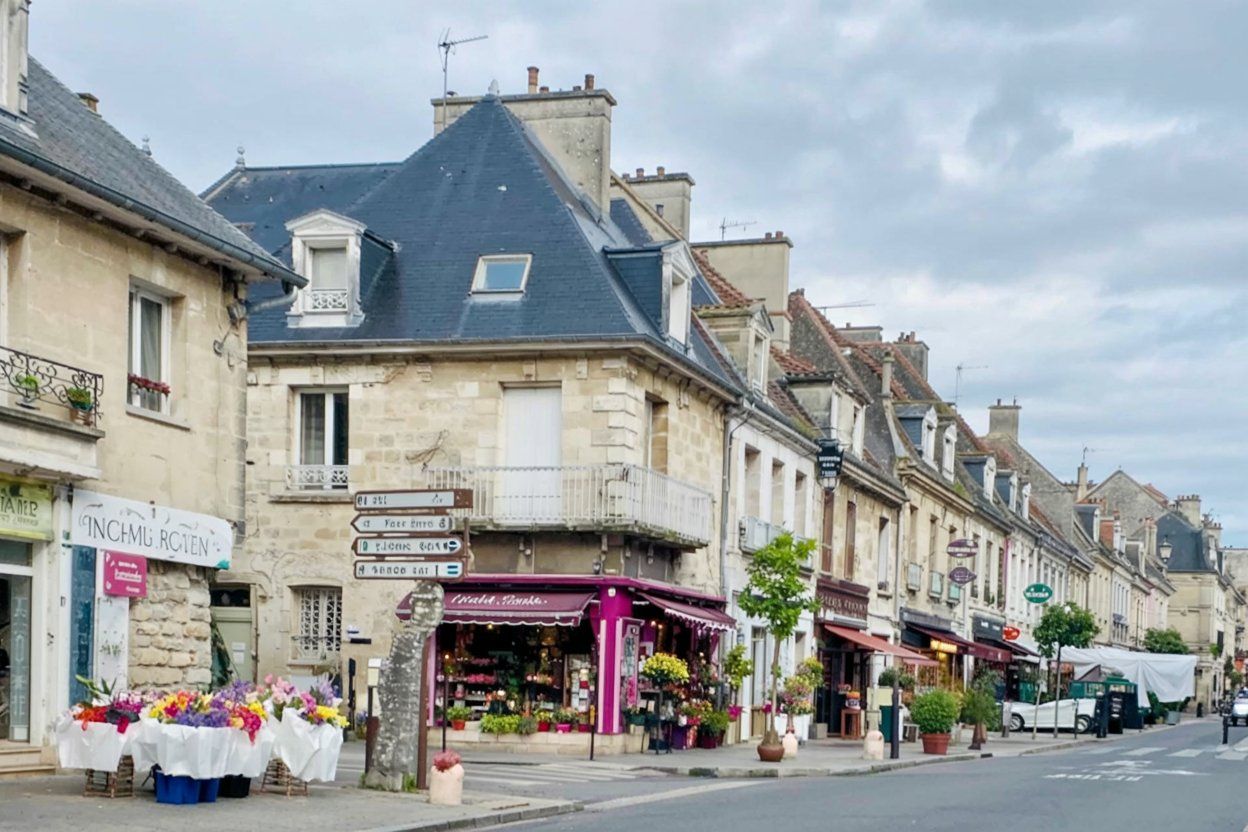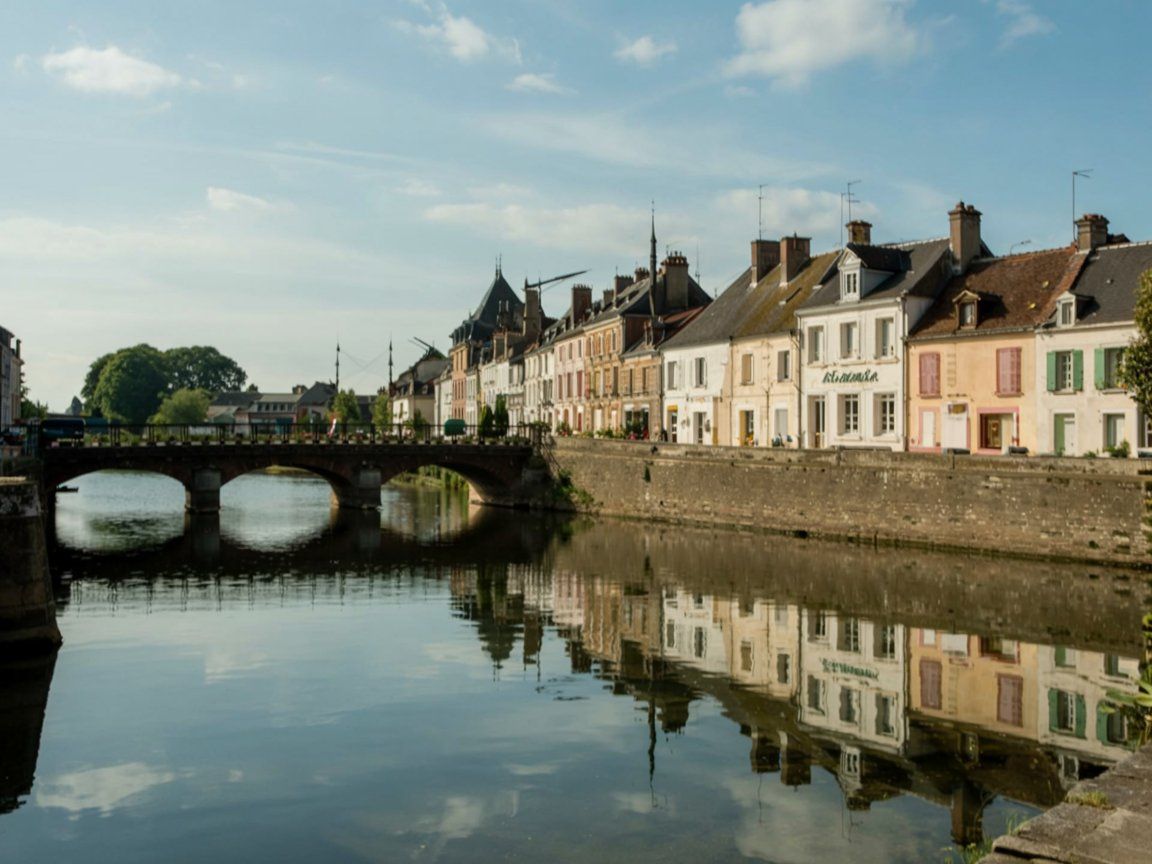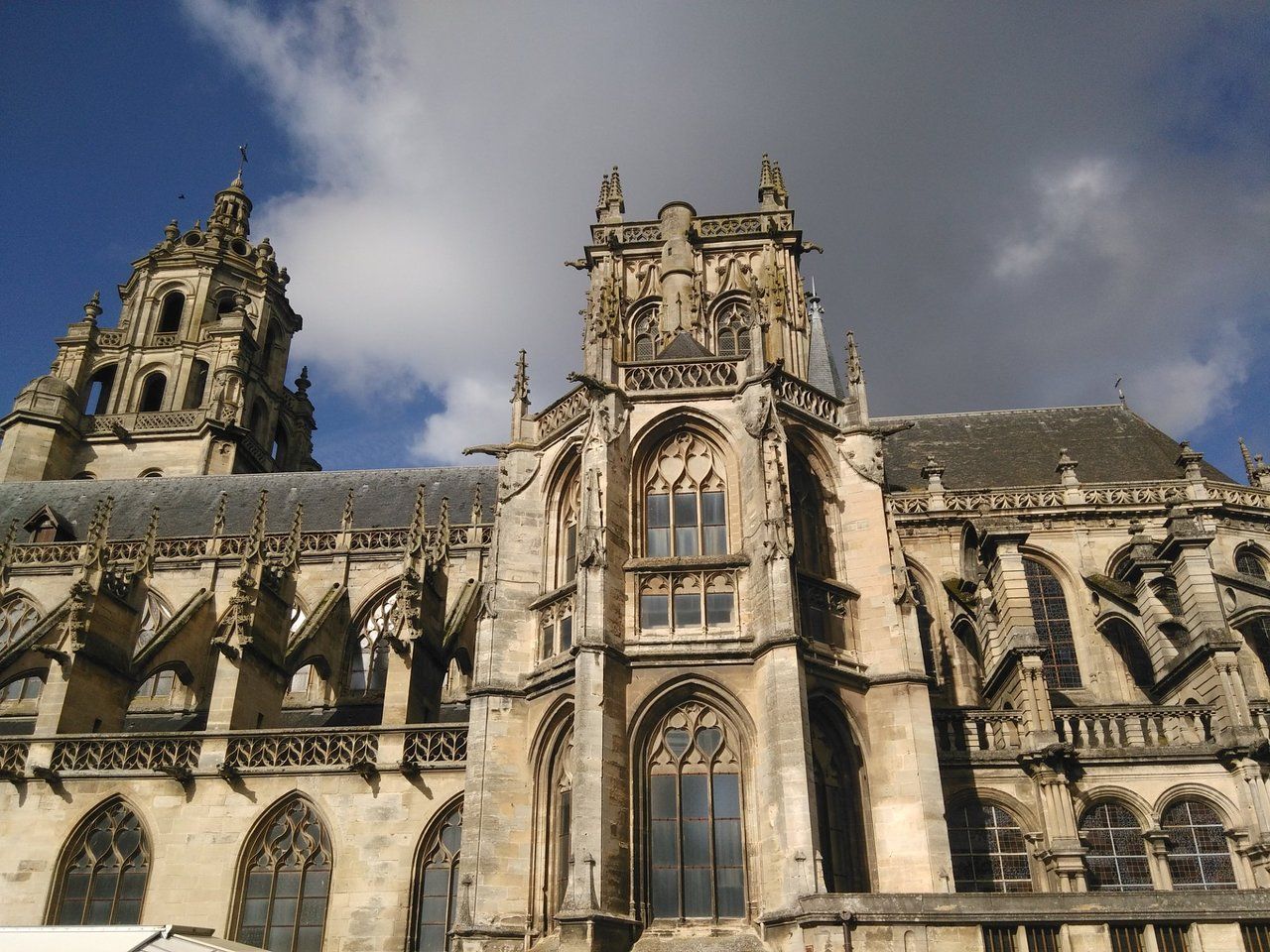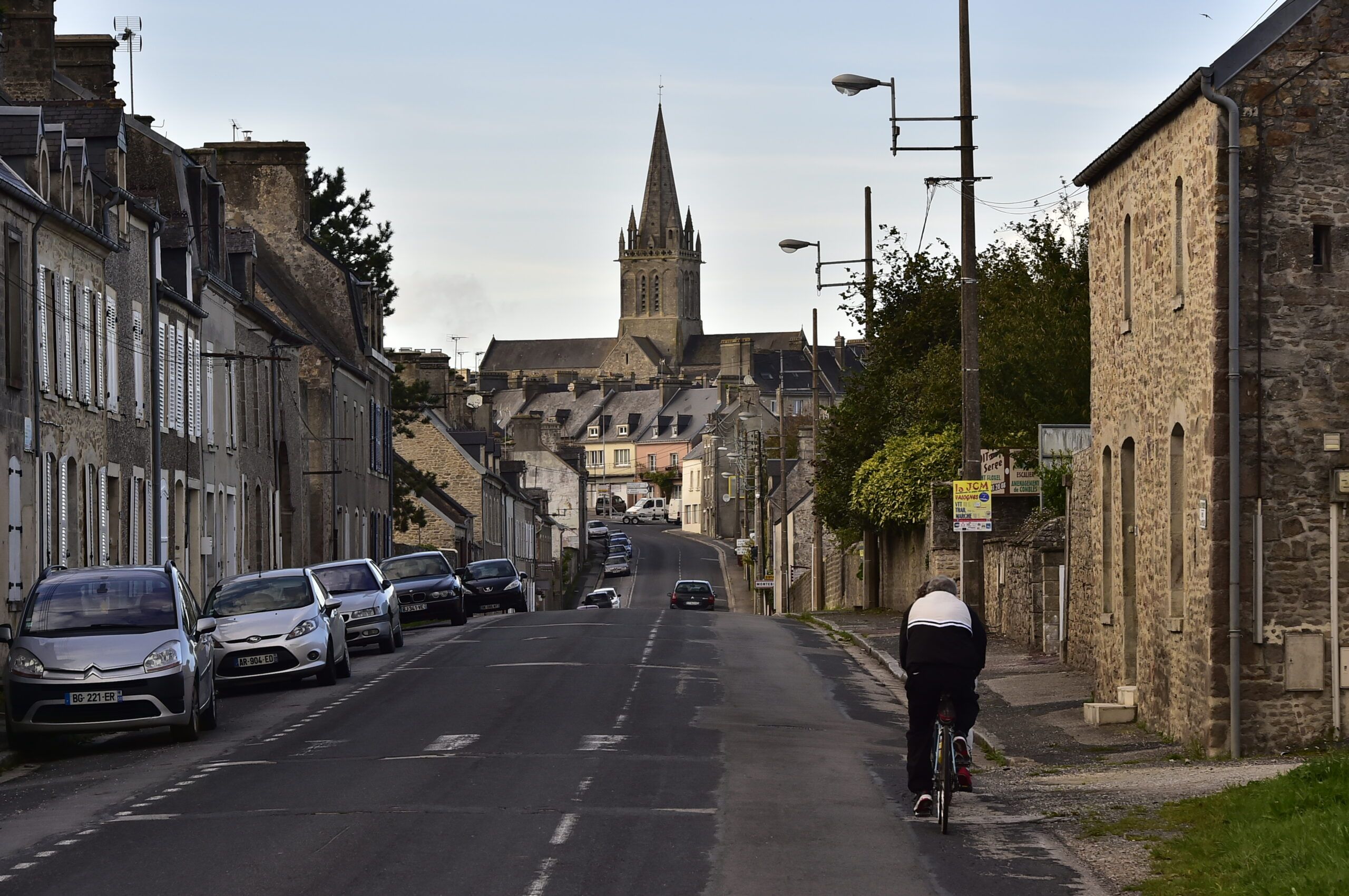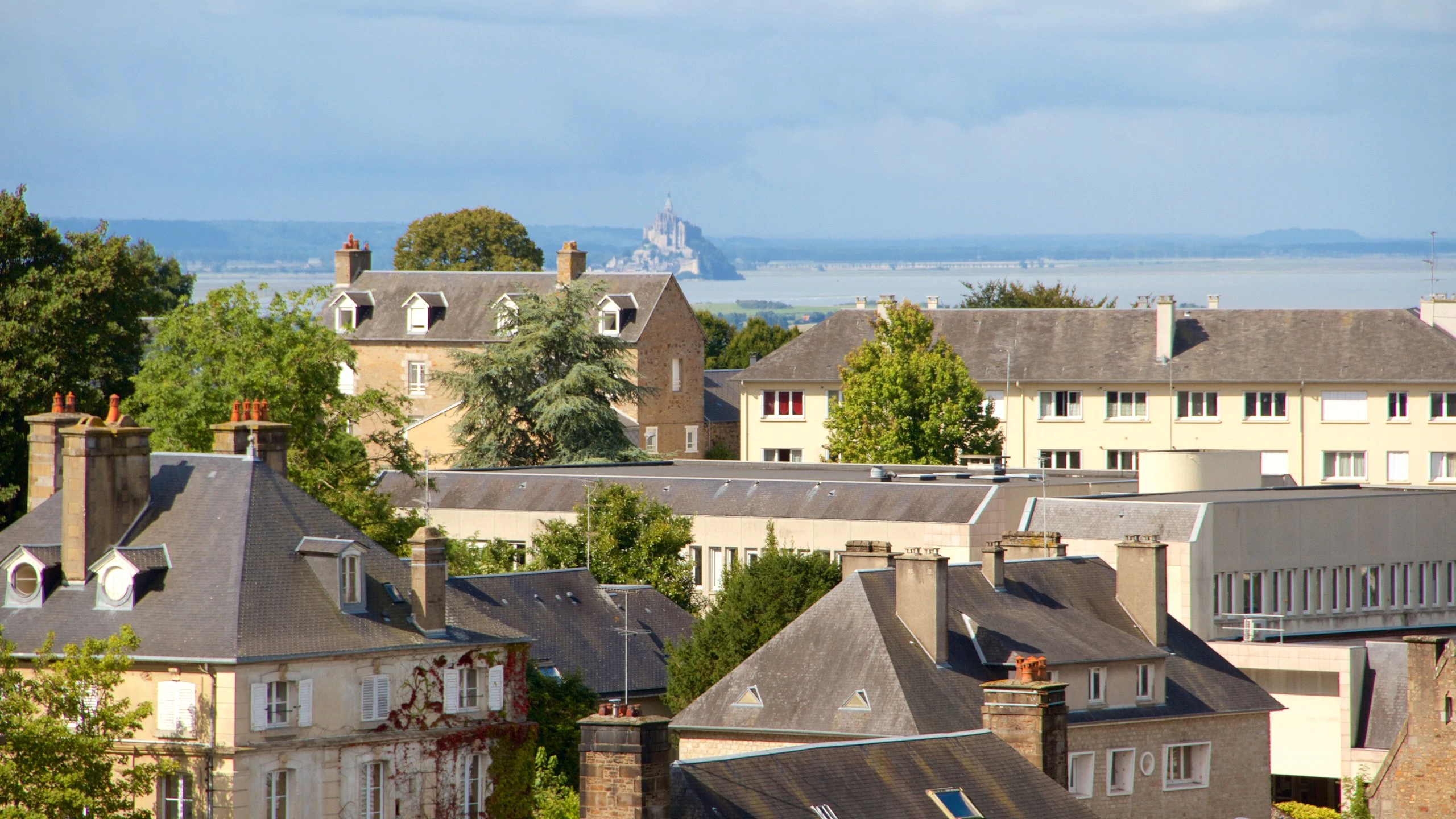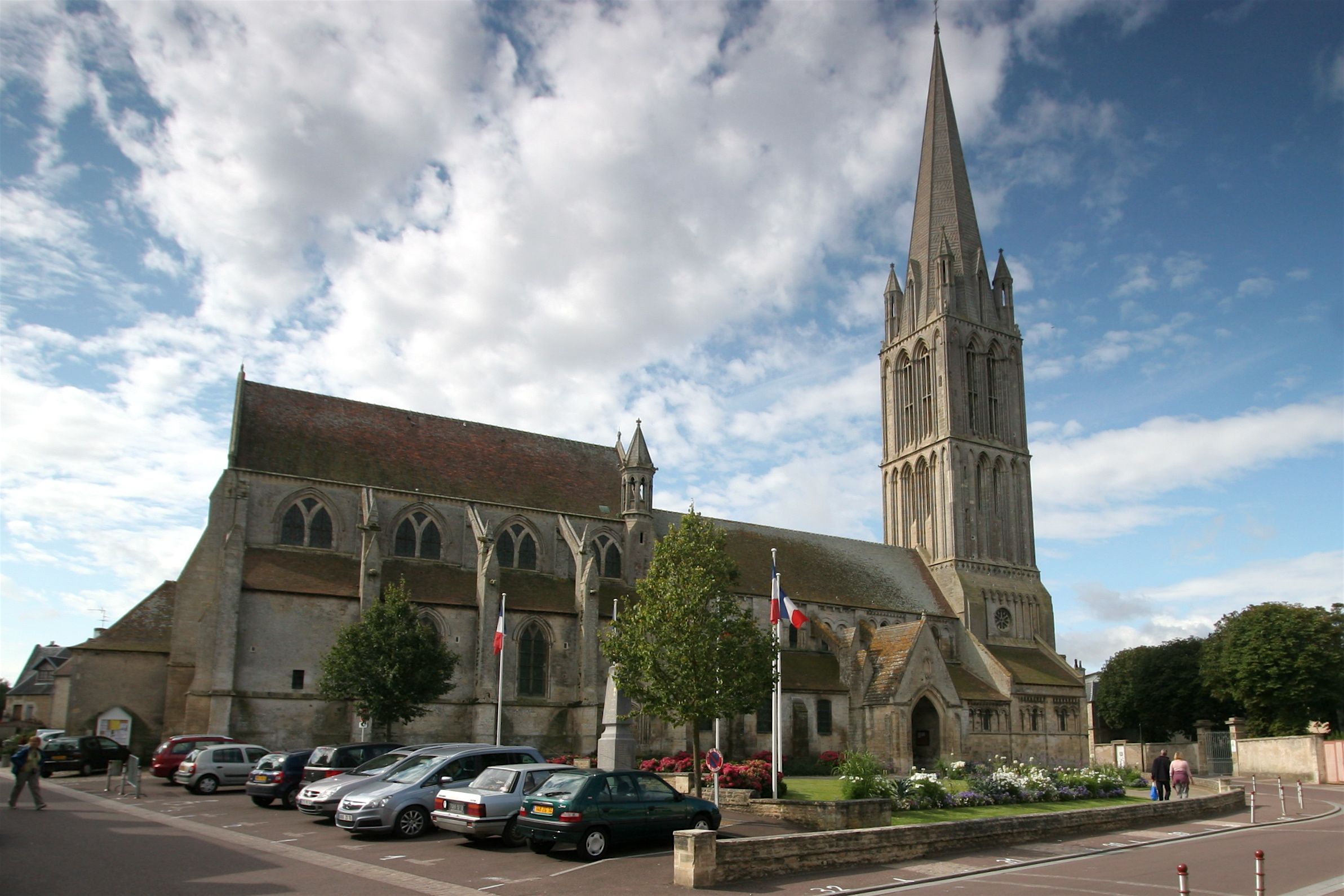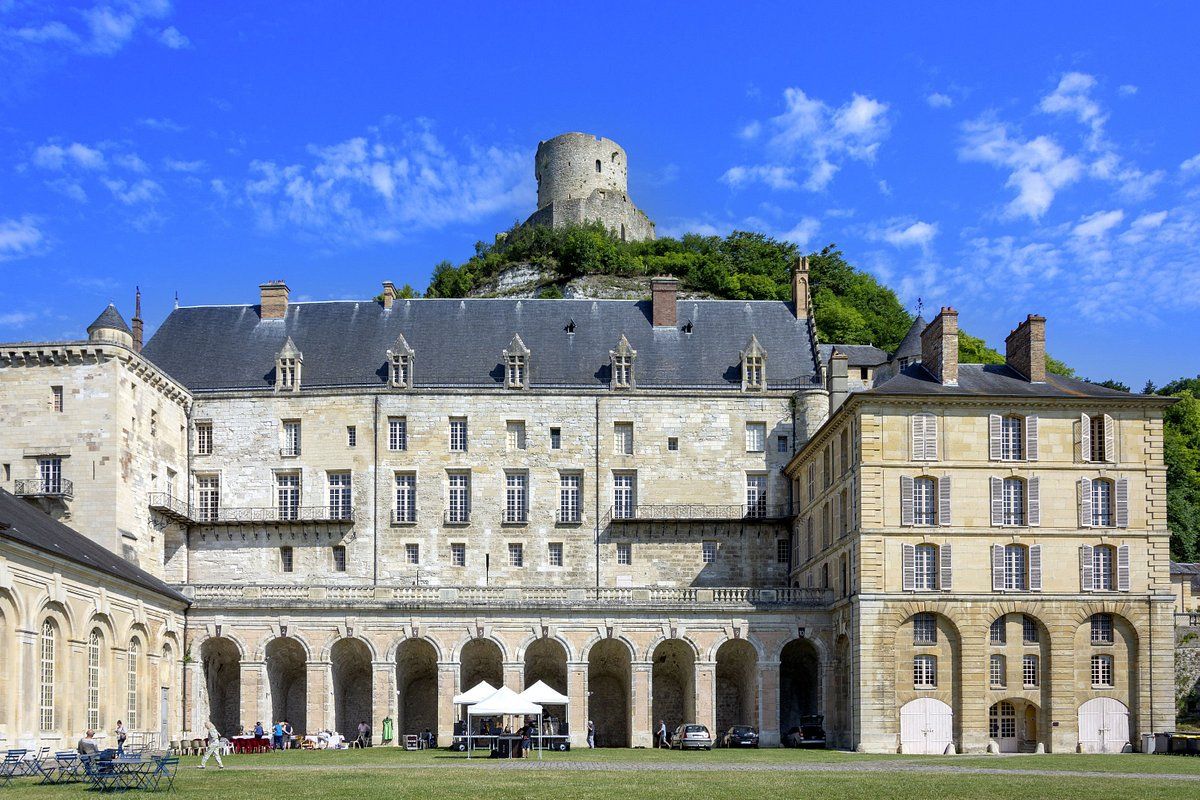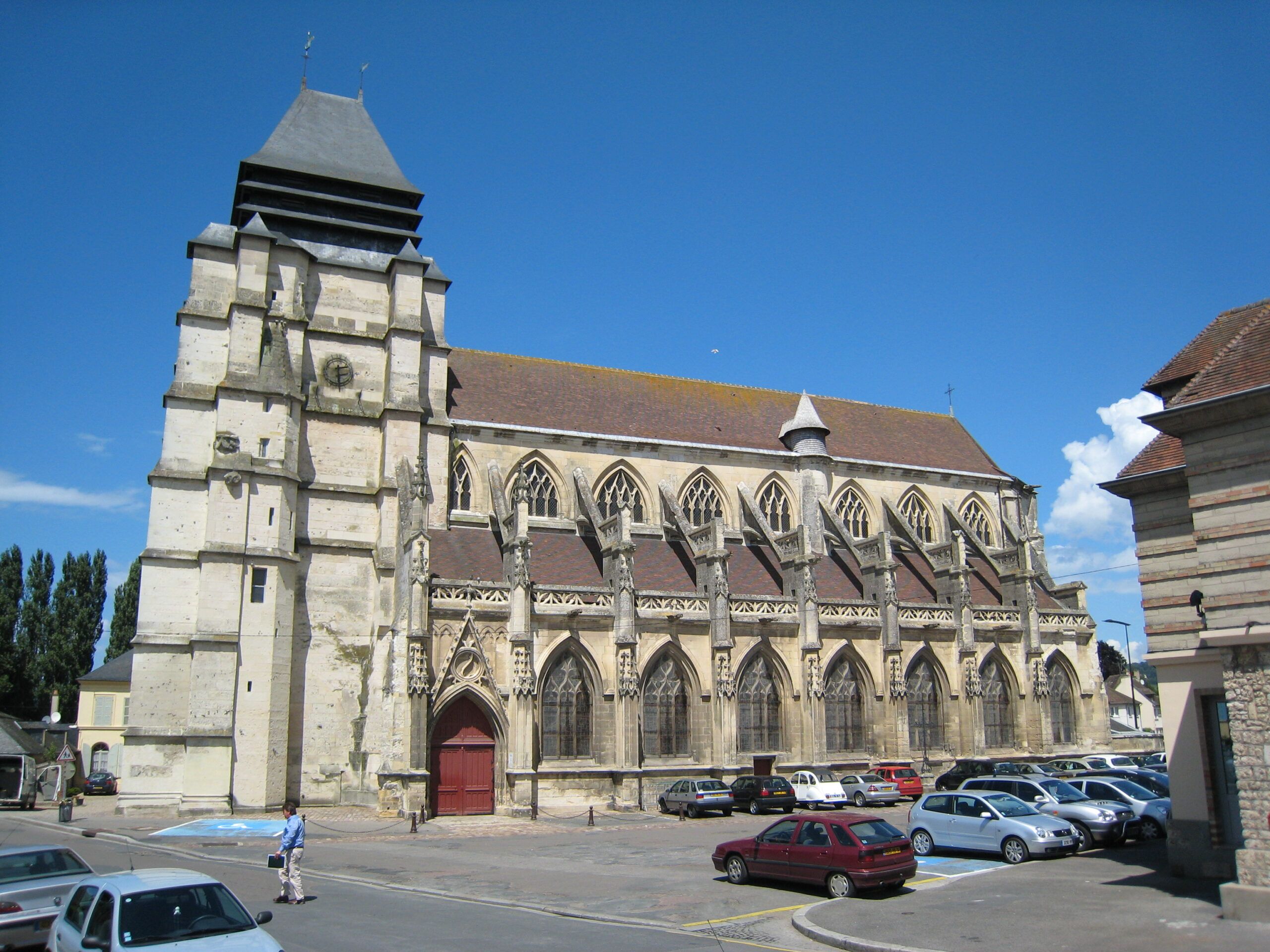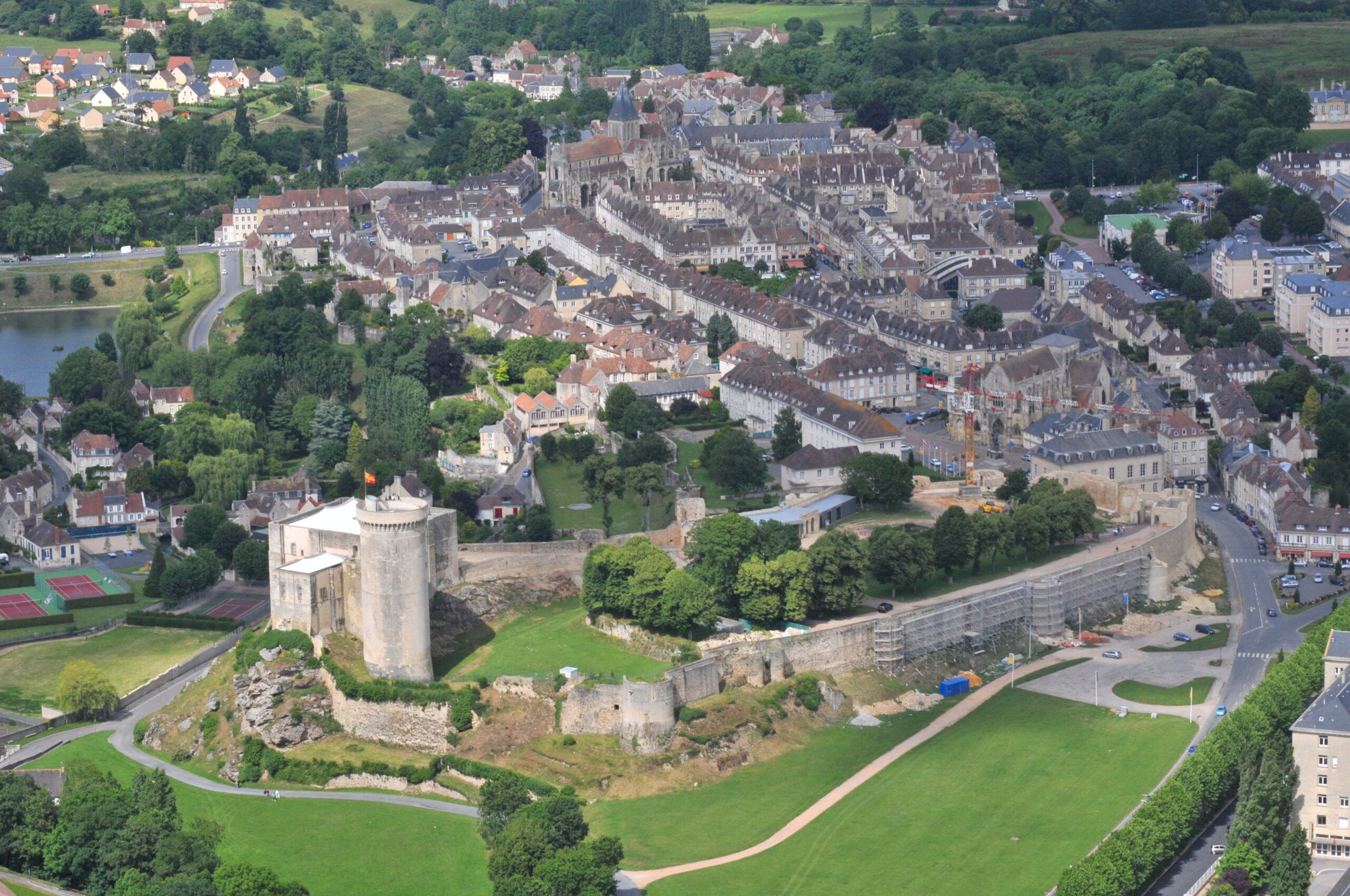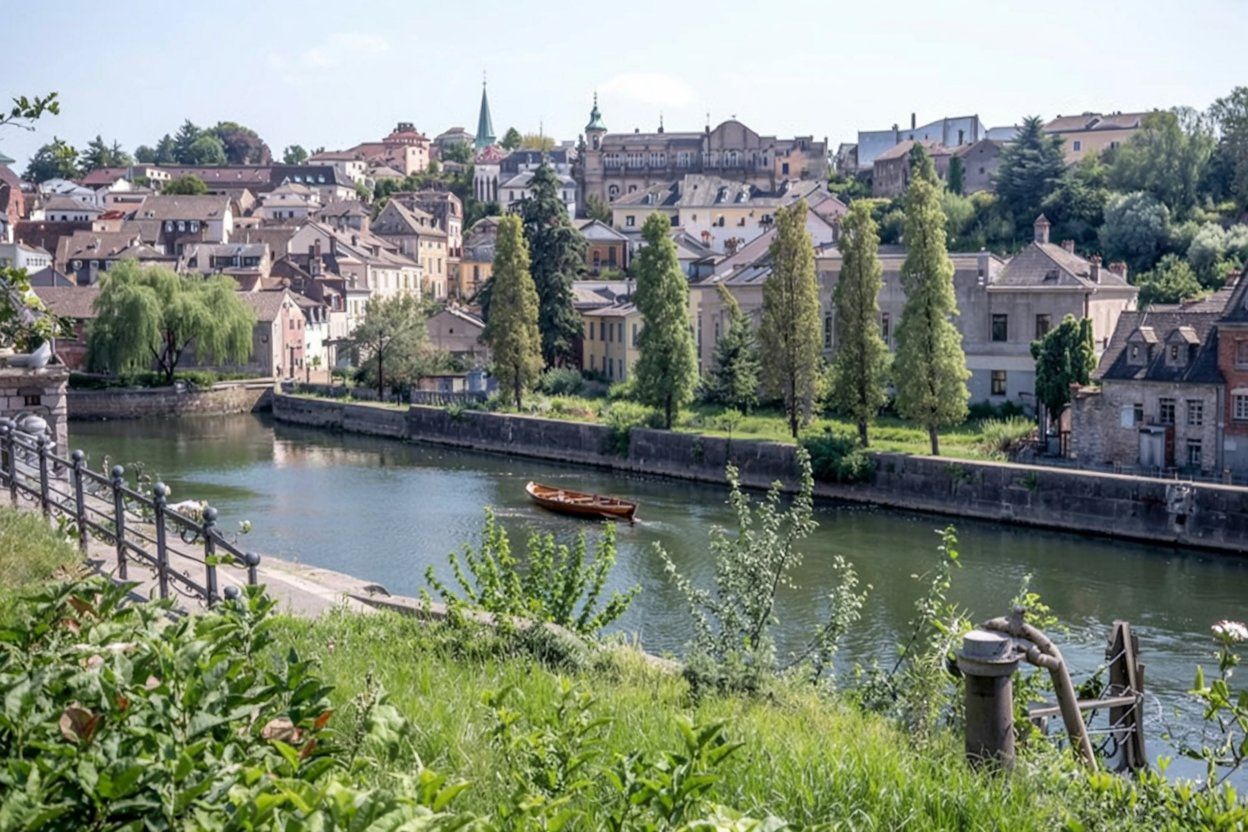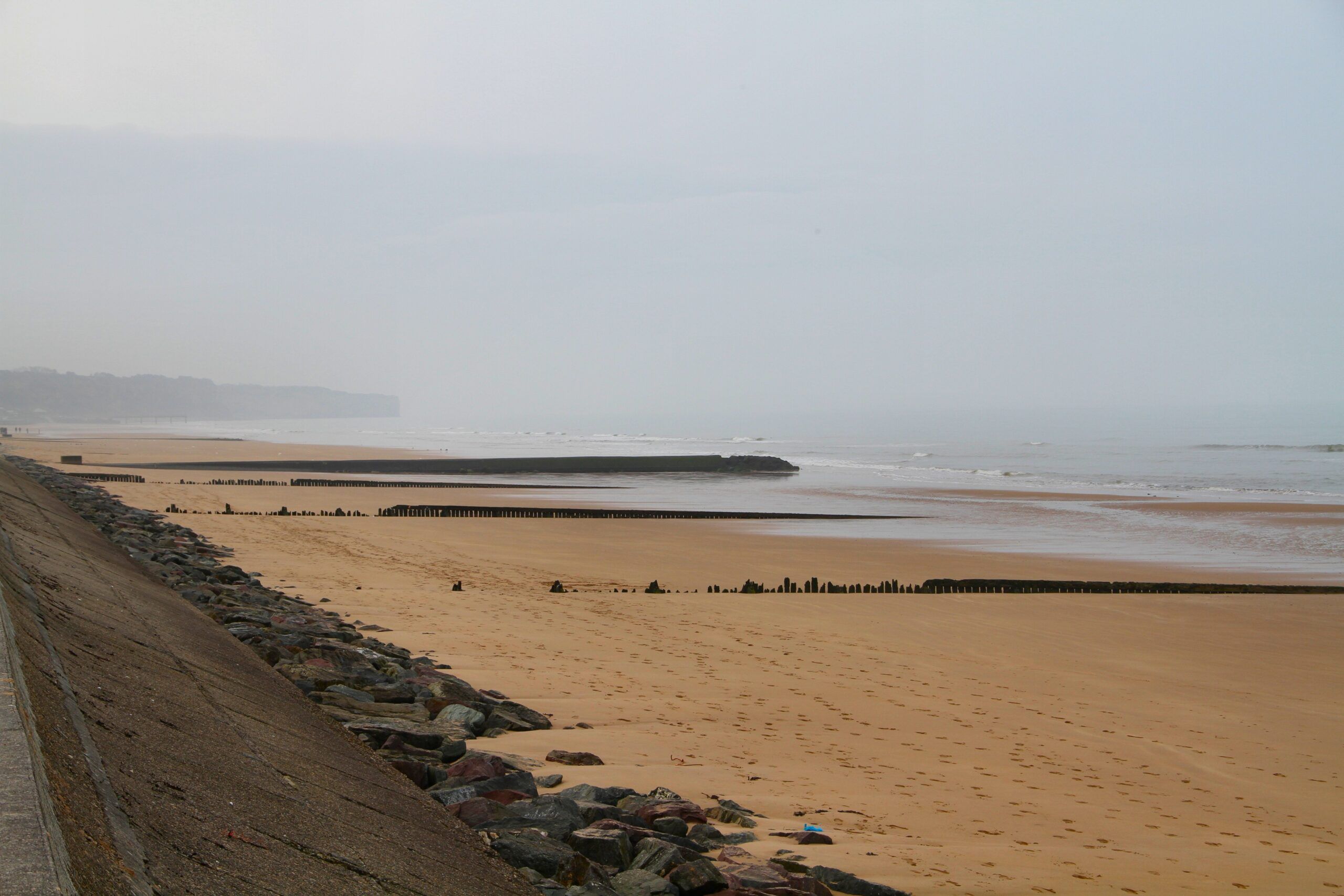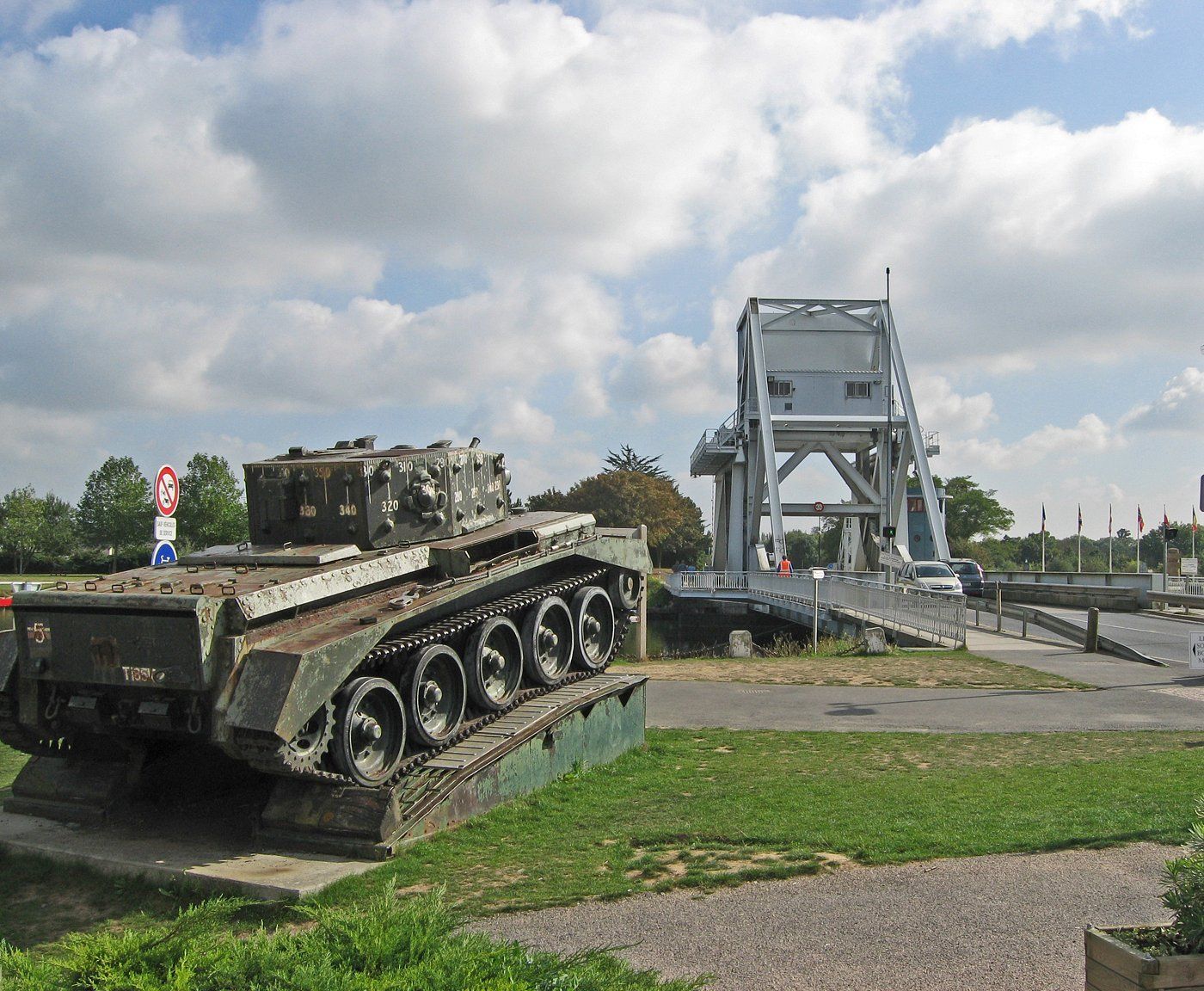Villers-Bocage sits quietly in the Normandy countryside now, but back on June 13, 1944, it was the scene of a fierce battle just days after the D-Day landings. That day, German tank commander Michael Wittmann led a surprise attack against Allied forces, shaking up the local campaign. These days, you can wander Villers-Bocage and explore this pivotal World War II site, all while enjoying the charm of a rebuilt Norman town that stands as a testament to resilience and renewal.
When you visit Villers-Bocage, you’ll find a blend of history and modern French rural life. There are self-guided tours that turn your phone into a personal audio guide, so you can explore both the battle sites and the town’s quieter corners at your own pace. It’s a small Norman community that most tourists skip as they rush between major D-Day stops, which actually makes it feel more authentic and relaxed.
Visit Recommended D-Day historic hotels and B&Bs along the invasion beaches.
Just outside town, about 10.5 hectares away, you’ll find one of six German military cemeteries created after the Battle of Normandy. Nearly 21,300 soldiers are buried there—a solemn reminder of the war’s human cost. Villers-Bocage also makes a handy base for exploring the rest of Normandy, since you’re within easy reach of many other important World War II sites.
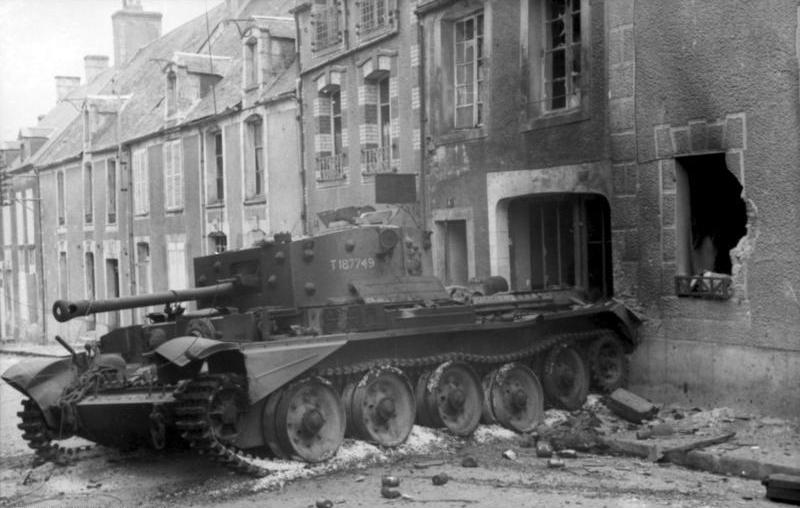
Overview of Villers-Bocage in Normandy
Villers-Bocage is a small Norman town that played a crucial role during the Battle of Normandy in 1944. Its strategic position and the events that happened there have made it a must-see for anyone interested in World War II history.
Geographical Location and Access
The town sits in the Calvados department of Normandy, about 12 miles southwest of Caen. It’s perched on high ground, giving you sweeping views of the countryside—no wonder it was so important during the war.
You can reach Villers-Bocage by car from the D-Day beaches, which are around 25 miles north. If you’re coming from Caen, take the N158 and then the D6. Public transportation isn’t great here, so honestly, having your own car is pretty much a must if you want to get around easily.
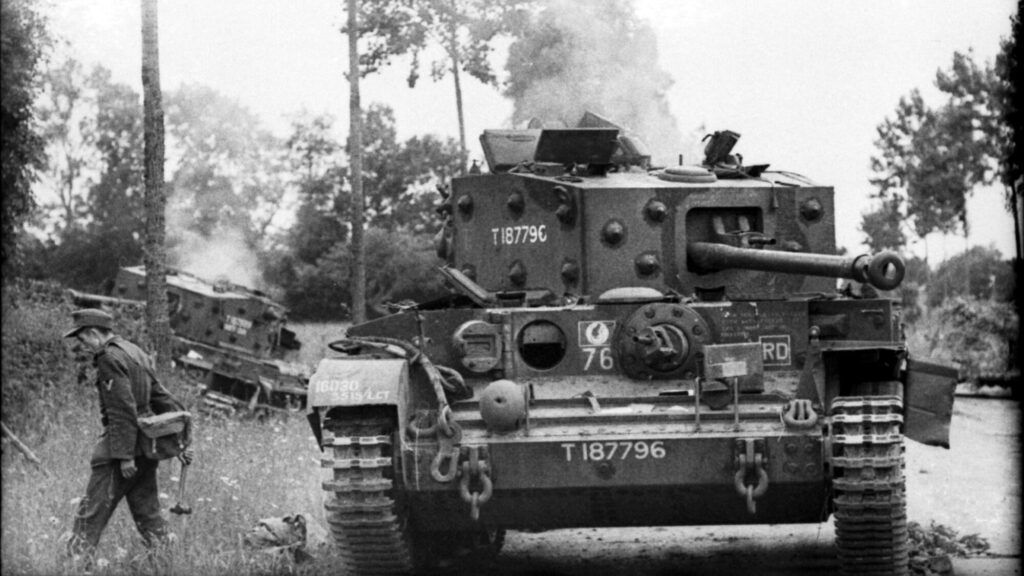
Villers-Bocage is a good spot to base yourself if you want to see other Normandy sites. Its central location puts you within an hour’s drive of both the landing beaches and inland battlefields.
Historical Significance in World War II
Villers-Bocage gained fame during a fierce battle on June 13, 1944, just a week after D-Day. The 1st Battalion of the Dorsetshire Regiment and the 5th Royal Horse Artillery were the main Allied units involved in the action.
The battle is best known for the moment when German Tiger tanks, led by ace Michael Wittmann, attacked British forces in the town. In just a few hours, the German counterattack stalled the British 7th Armoured Division’s advance.
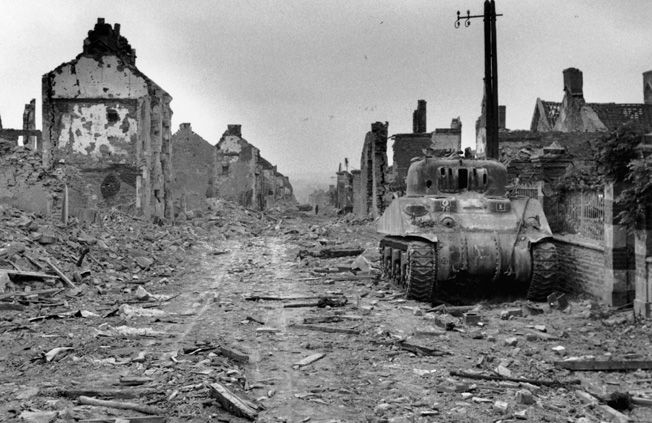
This clash slowed the Allied push toward Caen and showed just how effective German armor could be, even after the landings. Today, you’ll spot memorials and info panels around town marking key locations from the battle.
Many buildings have been rebuilt since the war, as the town took heavy damage during the fighting and the bombing that followed.
D-Day and Villers-Bocage’s Role in World War II
Villers-Bocage became a critical battleground in the days after the D-Day landings on June 6, 1944. Its strategic location made it a target for both Allied and German forces fighting for Normandy.
Events Leading Up to the Battle
The Allied invasion of Normandy on June 6, 1944—D-Day—kicked off Operation Overlord. After the initial landings, Allied troops needed to push inland and secure a stronger foothold in France.
By June 12, British forces had moved toward Villers-Bocage as part of their plan to bypass the heavily defended city of Caen and open up a route for further advances. The town’s high ground gave them commanding views of the area.
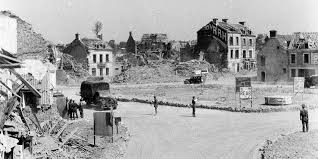
Meanwhile, German high command scrambled to send reinforcements to counter the invasion. Among them was the tough Panzer Lehr Division, which had heavy Tiger tanks. The stage was set for a major showdown.
Villers-Bocage and the Allied Invasion
The Battle of Villers-Bocage happened on June 13, 1944, just a week after D-Day. British forces rolled into town with elements of the 7th Armoured Division, the famous “Desert Rats.”
At first, the Allied advance looked promising. But things changed fast when German troops launched a surprise counterattack. British tanks and vehicles, stuck in the town’s narrow streets, became easy targets.
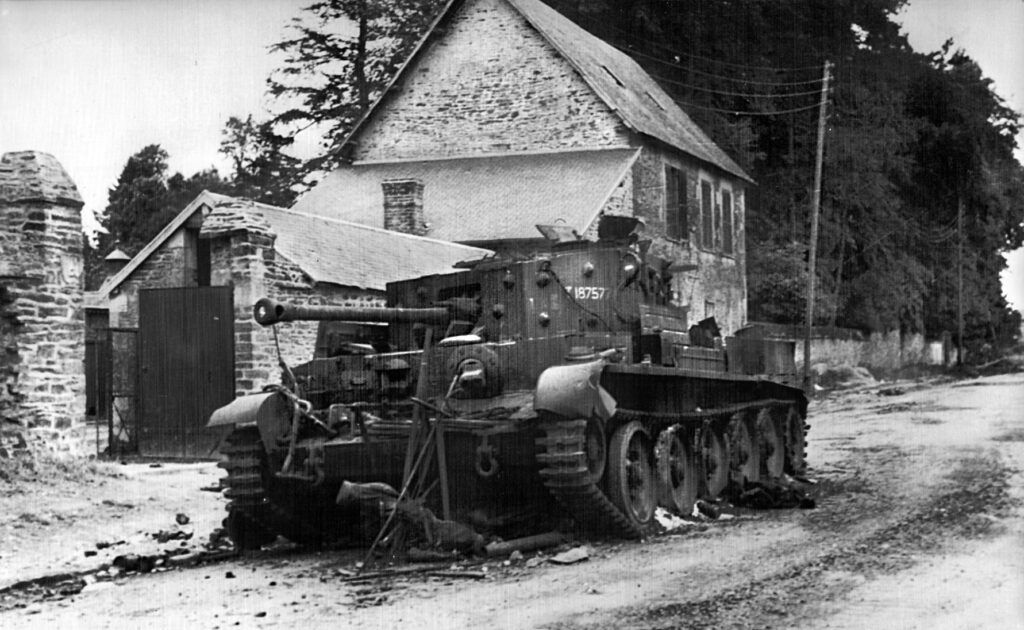
The fighting was brutal—sometimes house-to-house. By the end of the day, British forces had to pull out. This setback paused the Allied momentum in this part of Normandy.
Allied troops eventually returned, and the town swapped hands a few times before being finally liberated in August 1944.
Key Military Units and Personalities
The British at Villers-Bocage included the 22nd Armoured Brigade and parts of the 1st Battalion Rifle Brigade. These units had seen action in North Africa, but Normandy’s hedgerows were a whole different challenge.
On the German side, units from the 101st SS Heavy Panzer Battalion led the defense. The most famous figure was Michael Wittmann, a tank commander whose actions during the battle became legendary. In one engagement, his Tiger tank knocked out several British vehicles.
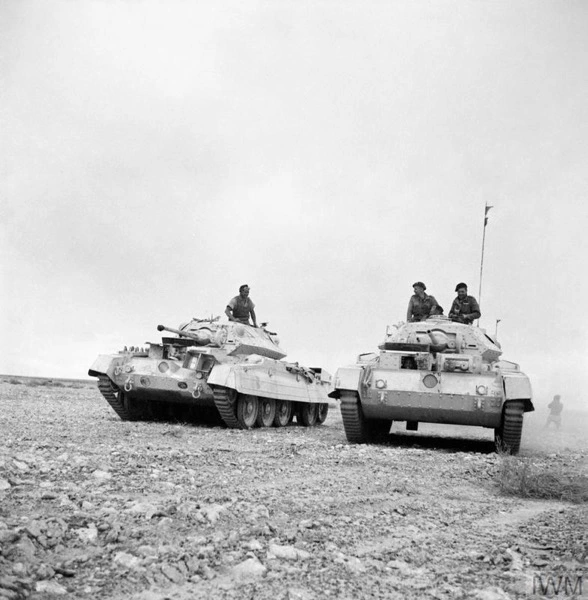
Other German units involved:
- Panzer Lehr Division (an elite armored unit)
- 2nd Panzer Division (experienced tank force)
- Elements of the 12th SS Panzer Division
The battle really highlighted the strengths and weaknesses on both sides. German armor proved deadly in the tight terrain, but Allied air power kept German movements in check during daylight.
The Battle of Villers-Bocage
The Battle of Villers-Bocage was a key clash on June 13, 1944—just a week after D-Day. British and German forces fought for control of this strategic Norman town.
The Timeline of the Engagement
On the morning of June 13, the British 7th Armoured Division (the “Desert Rats”) advanced toward Villers-Bocage as part of Operation Perch. Their plan was to outflank German positions and head for Caen. The British entered the town with barely any resistance at first.
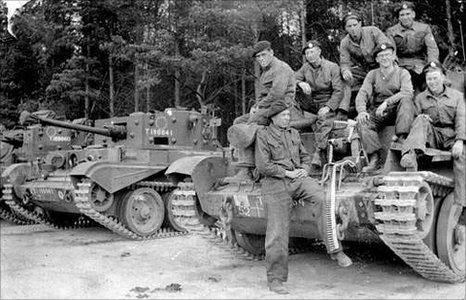
Then, suddenly, German Tiger tanks led by SS-Obersturmführer Michael Wittmann launched a surprise attack. In less than 15 minutes, Wittmann’s Tiger destroyed several British tanks and vehicles on the main road.
By mid-afternoon, British troops pulled back to defensive positions outside town. The Germans kept pushing, and British units tried to hold out with help from artillery and aircraft.
Casualties and Aftermath
The battle led to heavy losses on both sides. The British lost about 25 tanks and 30 other vehicles. German forces lost 8-10 tanks, including a few Tigers.
Roughly 50 British soldiers and a similar number of Germans were killed, with many more wounded or captured in the chaos.
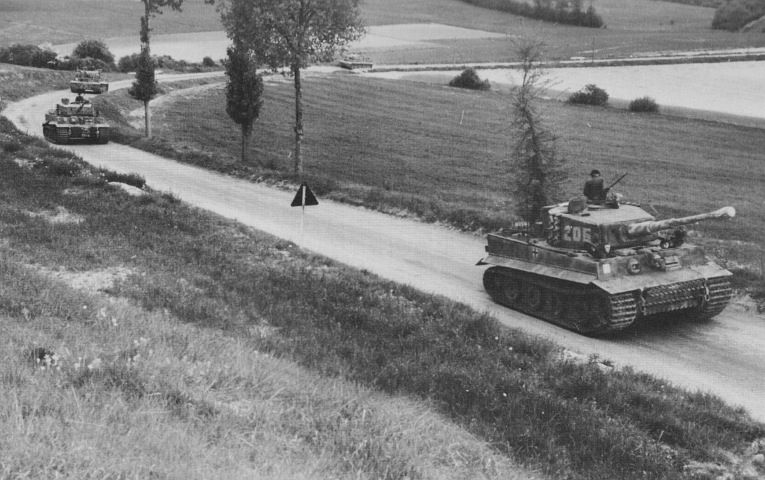
After the battle, the British withdrew from the area on June 14. This retreat let them regroup and set up a stronger defensive line. The Germans held Villers-Bocage until August 4, 1944.
Impact on the Town and Civilian Life
Villers-Bocage changed dramatically during and after the battle in June 1944. The town was nearly destroyed, and residents faced years of hardship and rebuilding—stories that still echo in local memory.
Destruction and Reconstruction
The battle left Villers-Bocage in ruins. On June 13, 1944, fierce fighting between Allied forces and German troops under Michael Wittmann wrecked the town center.
By June 14-15, Allied bombing had destroyed almost 85% of the town’s buildings. The main street was wiped out—just rubble and a few walls left standing.
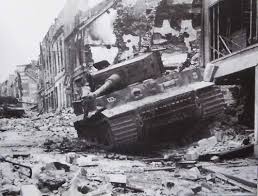
Rebuilding started slowly after liberation. The town struggled with material shortages and limited resources in post-war France. Many families lived in makeshift housing for years.
By the mid-1950s, things finally picked up. The town adopted a more modern look, with wider streets and new architecture. Today, you’ll notice hardly any pre-war buildings in the town center—almost everything you see was rebuilt from scratch.
Local Experiences During and After the War
Life for civilians in Villers-Bocage during the German occupation was tough. Food was rationed, curfews were strict, and soldiers were everywhere from 1940 to 1944.
When fighting drew near in June 1944, most people grabbed what they could and headed for nearby farms or hid in the countryside. The few who stayed saw their town battered right before their eyes.
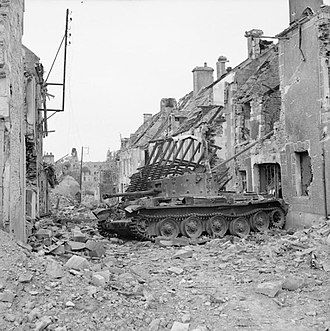
The trauma stuck around long after the war. Some lost everything in just a few days. Families still talk about huddling in cellars as bombs fell, and the gut-punch of coming home to ruins.
After liberation, neighbors pitched in to get water, electricity, and food back up and running, though nothing came easy for a while.
Today, you’ll spot memorial plaques all over town, marking where key events happened. Local museums keep civilian stories alive right alongside the military stuff, so you get the full picture of what life was really like.
Commemorations and Remembrance
Villers-Bocage keeps its WWII past front and center with monuments and special events. You can visit memorials any time, and the town puts on bigger ceremonies for major anniversaries.
Monuments and Memorials
The main War Memorial sits in the heart of town, honoring both local civilians and soldiers from the fierce June 1944 battle. Informative panels—yes, in multiple languages—explain why this place mattered so much.
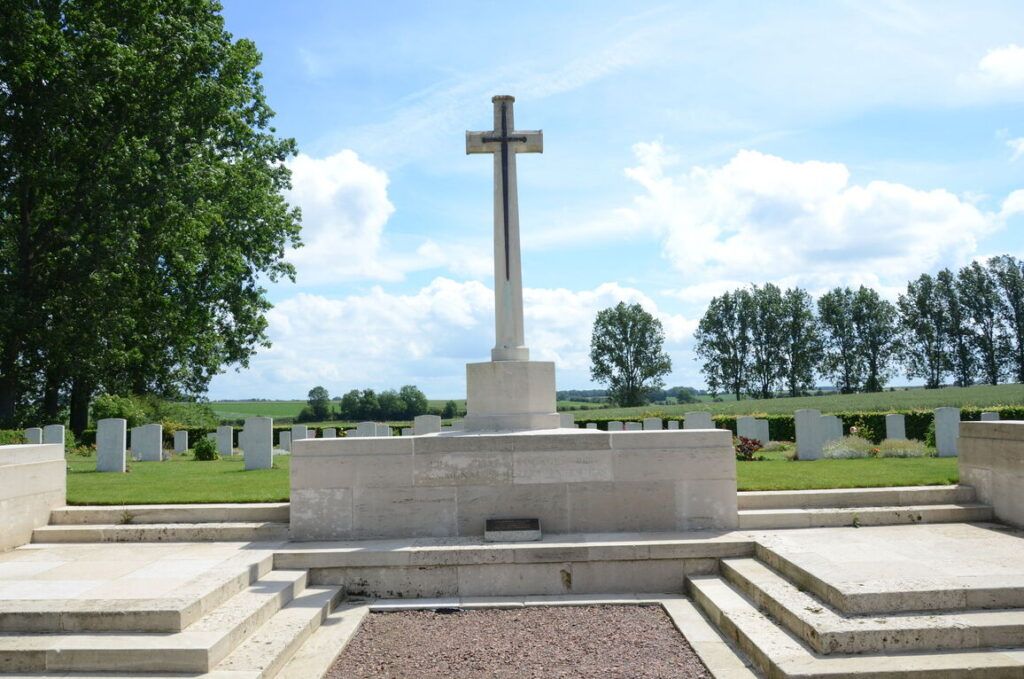
Inside the local museum, you’ll find artifacts, photos, and personal stories from the battle that nearly wiped out the town. It’s open all year, and the entry won’t break the bank.
Smaller memorials dot the area, including the site of Michael Wittmann’s famous tank attack. These are free to visit, with signs that give you the backstory.
Modern-Day Villers-Bocage for Visitors
These days, Villers-Bocage mixes its wartime history with modern life. The town rebuilt itself after WWII, but you’ll still find reminders of what happened here.
Stay steps from Omaha Beach and historic landmarks. Best rates on local accommodations.
Tourist Attractions and Guided Tours
Self-guided tours now let your phone act as your own audio guide, so you can wander at your own pace and dig deeper into the town’s story. The SmartGuide app covers main sights and shares how Villers-Bocage changed after the war.
Walking tours through the restored center show how the place bounced back. A lot of visitors use these routes to get a sense of just how much changed since 1944.
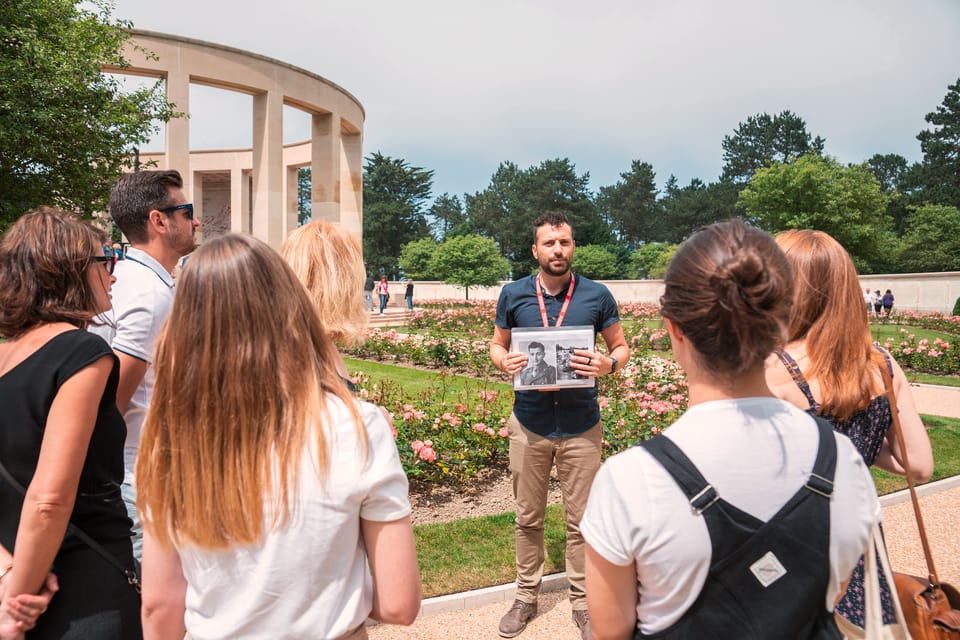
Local guide Paul Woodadge runs WW2-focused tours, especially on the tank battle. He’s got a knack for storytelling and brings the history to life as you walk the old battle zones.
If you’re up for a drive, the countryside around town is beautiful and links Villers-Bocage to other D-Day sites. It really gives you a sense of why this spot mattered during the Normandy campaign.
Recommended D-Day Tours:
- American D-Day Sites in Normandy Full-Day Tour
- American D-Day Sites in Normandy Half-Day Tour
- Half-Day Normandy WWII Sidecar Tour
- Full-Day US Battlefields of Normandy Tour
Museums and Educational Centers
The small historical center in town displays artifacts and photos from before, during, and after the big tank battle. Interactive exhibits make it easier to grasp how quickly everything changed here.
Multimedia shows break down Operation Perch and explain why Villers-Bocage was such a big deal for Allied plans. You’ll see maps, animations, and veterans’ voices that help make sense of the military side.
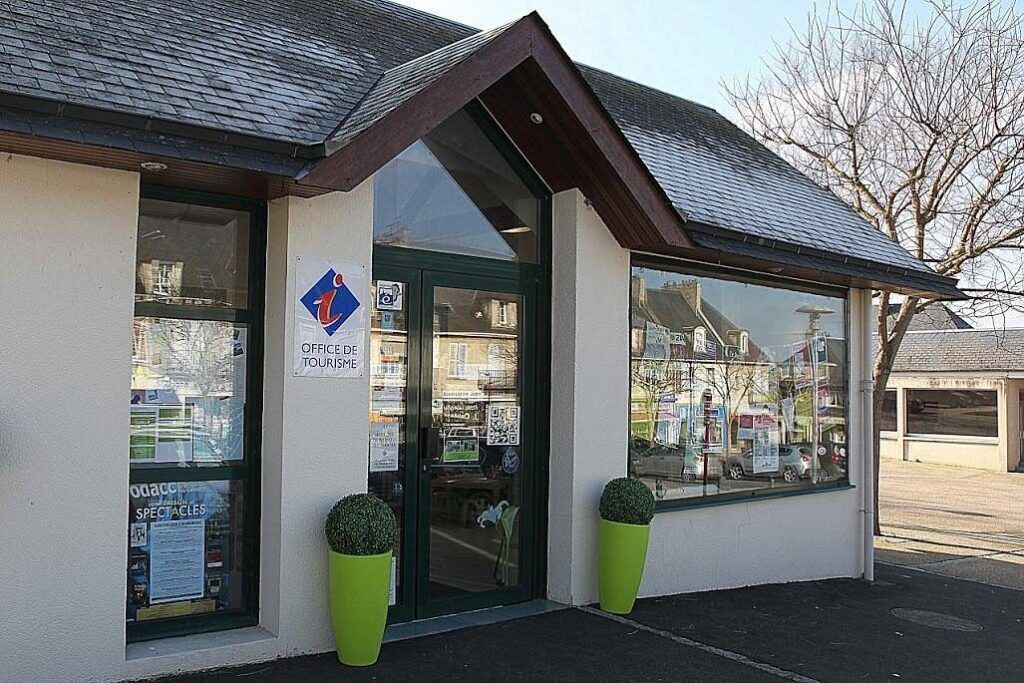
WW2TV, an online channel, often features Villers-Bocage. Worth watching a few episodes before you go—it’ll help you appreciate what you’re seeing.
The visitor center stocks educational materials in several languages. You’ll find books, pamphlets, and digital resources for a deeper dive into both the battle and how the town rebuilt.
Annual Events and Local Culture
Every June, the town holds a Liberation Day commemoration with military vehicles, reenactments, and ceremonies for those who fought here.
Restaurants serve up classic Norman food—think cheeses, apple brandy, and seafood. Many spots show off old photos of their buildings before and after 1944, which is a nice touch.
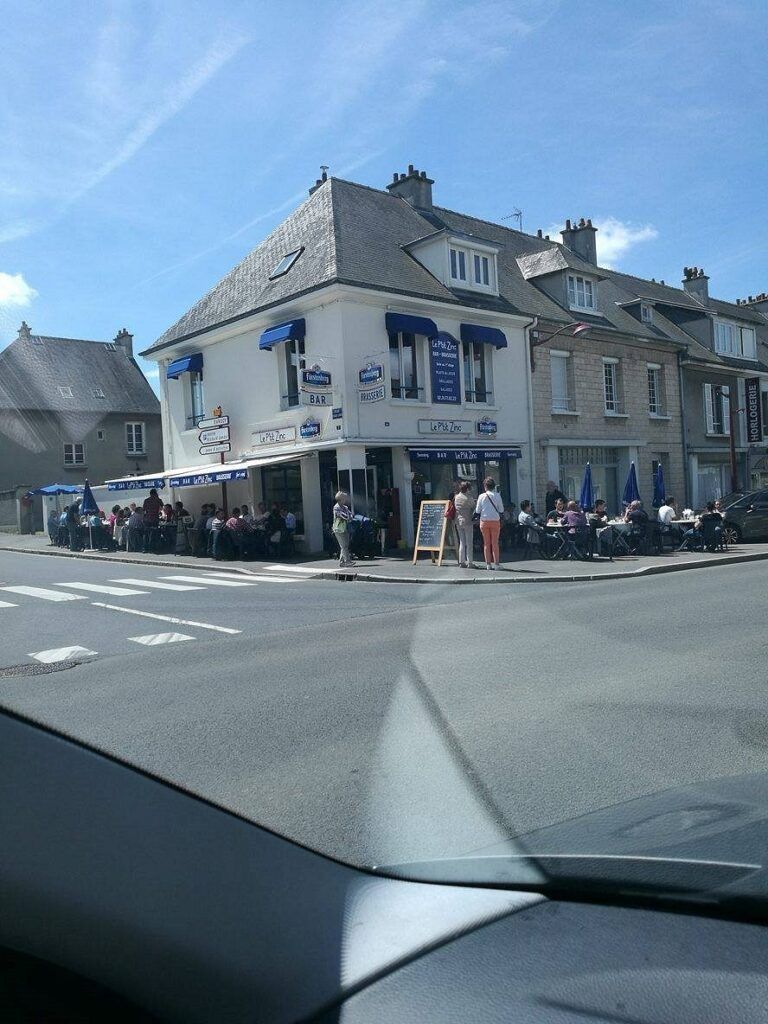
The weekly market brings together local farmers and craftspeople. It’s a good place to pick up regional goodies and chat with residents who have deep ties to the area’s history.
Villers-Bocage also has cultural exchanges with British towns, keeping connections alive between places once linked by war.
Nearby Historic Locations
Villers-Bocage makes a great base for exploring Normandy’s big WWII sites. There’s a lot within a short drive, and each place tells a different piece of the D-Day story.
Caen and Its Role in WWII
Caen, about 20 miles northeast, was a major Allied target. The city took a pounding—almost three-quarters of it was destroyed in the summer of 1944.
Today, the Memorial de Caen museum is one of France’s best WWII museums. The exhibits cover the war, D-Day, and the Battle of Normandy. Give yourself at least half a day there.
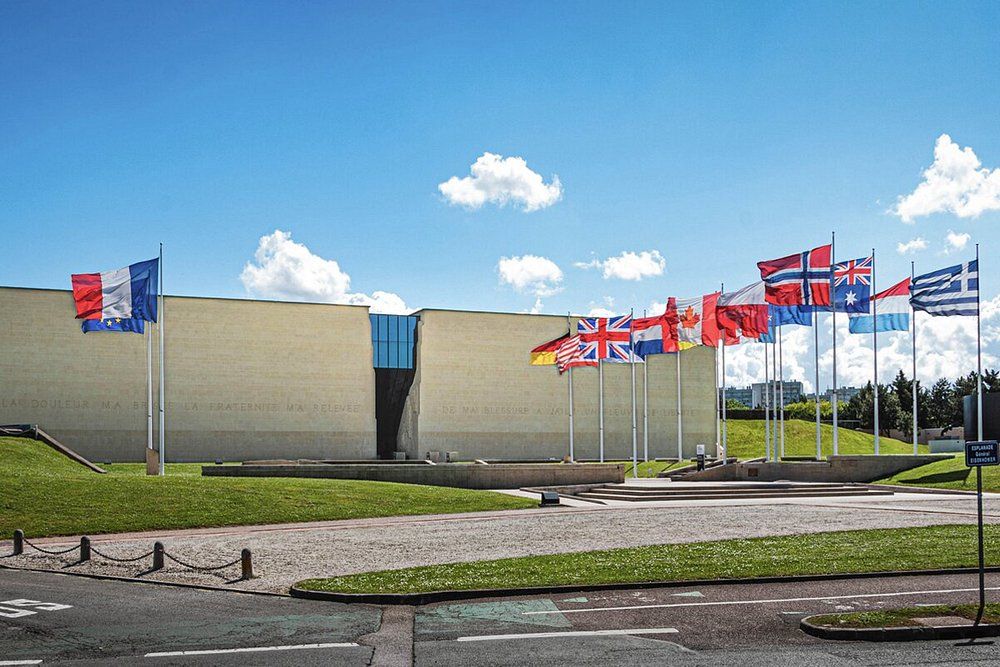
Caen Castle, mostly famous for its medieval past, also has war-related collections. The city’s July 9, 1944, liberation came at a huge cost—you can see it in the rebuilt city center.
Bayeux and the British Sector
Bayeux, 18 miles north, was the first major town the Allies freed. It got lucky and avoided the worst of the war’s destruction.
The Bayeux War Cemetery has 4,648 Commonwealth graves, the largest British WWII cemetery in France. The nearby Bayeux Memorial honors 1,800 Commonwealth soldiers with no known grave.
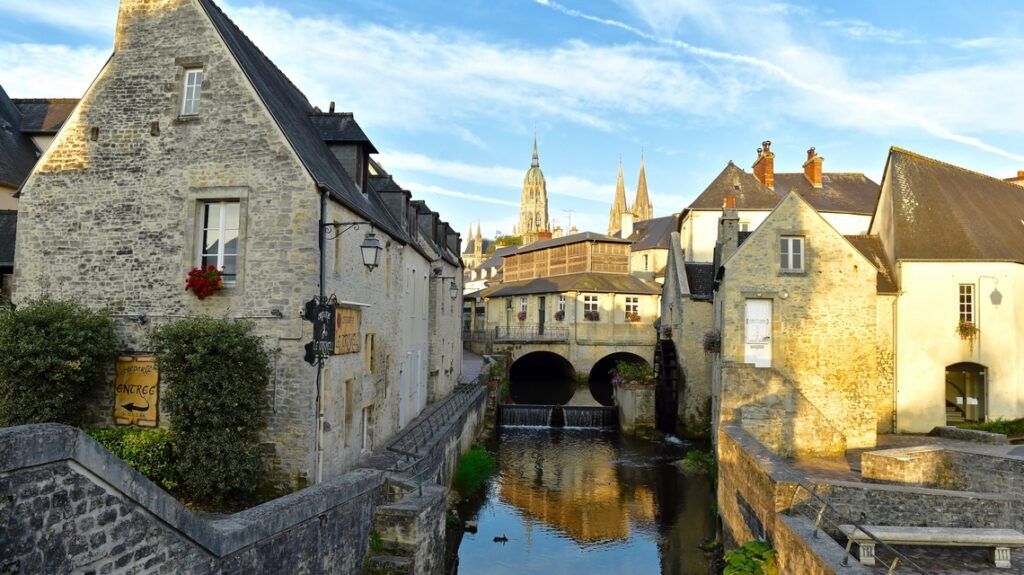
The Bayeux Museum of the Battle of Normandy dives into the British landings, with vehicles, uniforms, and interactive displays that really show Britain’s role in Operation Overlord.
If you’re there, don’t miss the medieval Bayeux Tapestry. It’s not WWII, but it’s a one-of-a-kind piece of history.
See all available accommodations near Villers-Bocage.
The Cotentin Peninsula and Operation Pluto
The Cotentin Peninsula, about 50 miles northwest, is where Utah Beach and the American airborne landings happened.
Sainte-Mère-Église has the Airborne Museum for American paratroopers. Look up at the church steeple—you’ll spot a paratrooper dummy hanging there, a nod to John Steele’s landing.
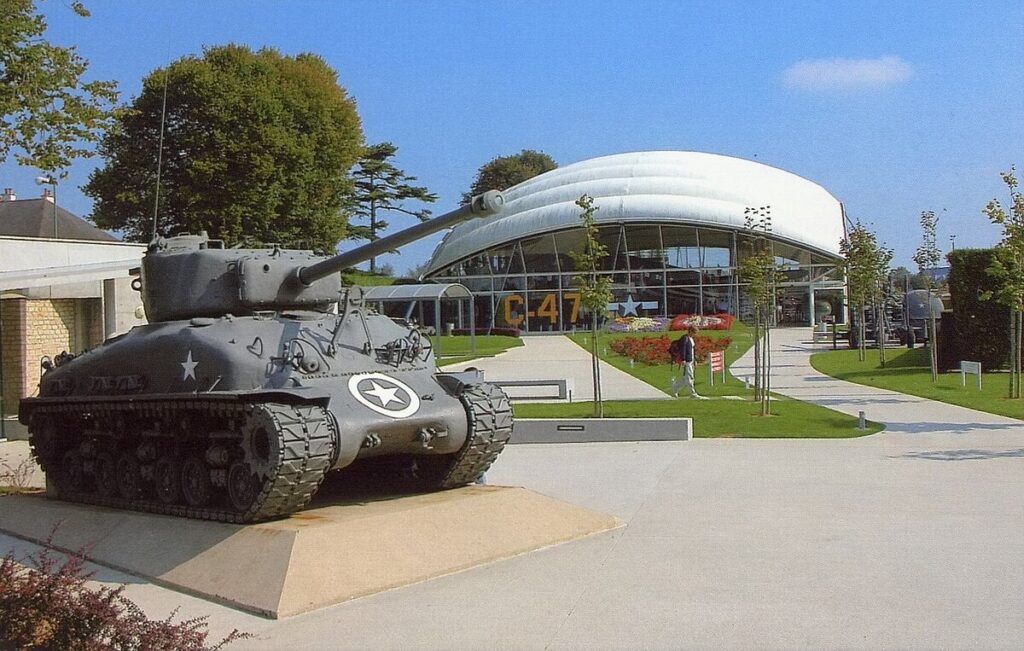
Operation PLUTO (Pipe Line Under The Ocean) ran underwater fuel pipelines from Britain to France. The Utah Beach Museum explains how this wild piece of engineering kept Allied tanks and trucks moving.
Cherbourg is also on the peninsula—a deep-water port the Allies needed for supplies.
Planning Your Visit to Villers-Bocage
Visiting Villers-Bocage is a chance to connect with WWII history while enjoying a comfortable trip. The town’s got good transport links, cozy places to stay, and all the key sites tied to the June 13, 1944, battle.
Find the perfect base for exploring Utah Beach, Pointe du Hoc, and beyond.
Getting There and Transportation
Villers-Bocage sits in Normandy, about 240 km northwest of Paris. You can get there by:
- Car: Easiest option. Take the A84 from Caen (about 25 minutes) or Rennes.
- Train: Ride to Caen, then hop on a bus to Villers-Bocage.
- Bus: Regular routes run from Caen and nearby towns.
Once you arrive, walking works best for the town center. If you want to see battlefields or the countryside, you’ll want a car. Taxis are around, but book ahead—especially in summer.
See all available accommodations near Villers-Bocage.
Most people fit Villers-Bocage into a bigger D-Day tour of Normandy.
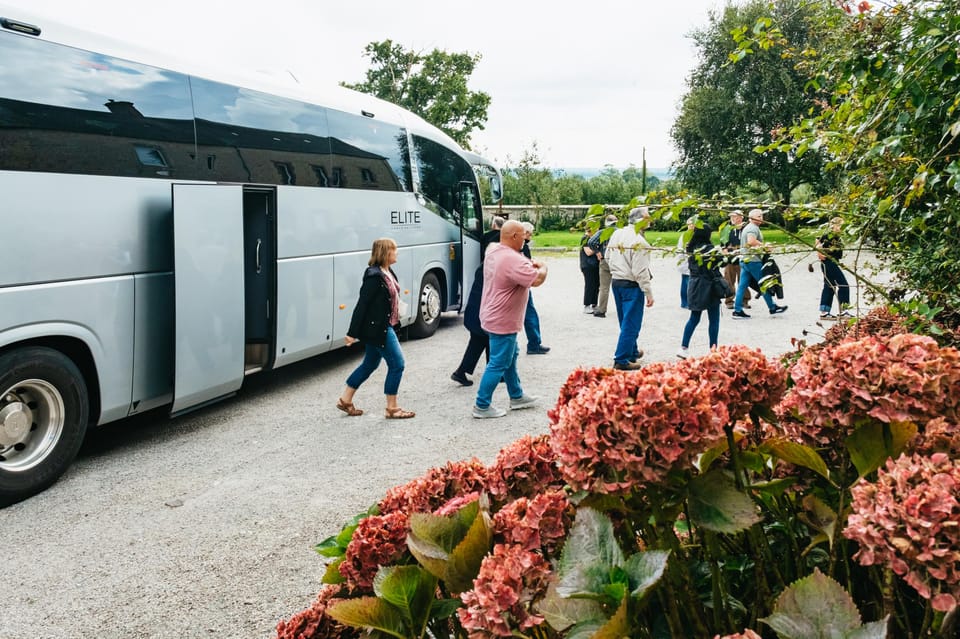
Recommended D-Day Tours:
- American D-Day Sites in Normandy Full-Day Tour
- American D-Day Sites in Normandy Half-Day Tour
- Half-Day Normandy WWII Sidecar Tour
- Full-Day US Battlefields of Normandy Tour
Accommodation and Local Cuisine
You’ll find a range of places to stay:
- Small, family-run hotels in the center
- Bed and breakfasts in old farmhouses
- Holiday rentals for groups or longer visits
If you’re planning to visit in summer or around D-Day, book three to four months ahead.
See all available accommodations near Villers-Bocage.
The local food is classic Normandy:
- Camembert and Livarot cheeses
- Calvados apple brandy
- Fresh seafood
- Apple desserts
Most restaurants serve traditional Norman dishes. Le Vieux Puits and Auberge du Pont du Vey are favorites for local flavor. If you want something quick, the cafés by the main square are good for people-watching and a simple bite.
Travel Tips for WWII Enthusiasts
The Battle of Villers-Bocage in June 1944 was a turning point in the Normandy campaign. If you’re keen on WWII history:
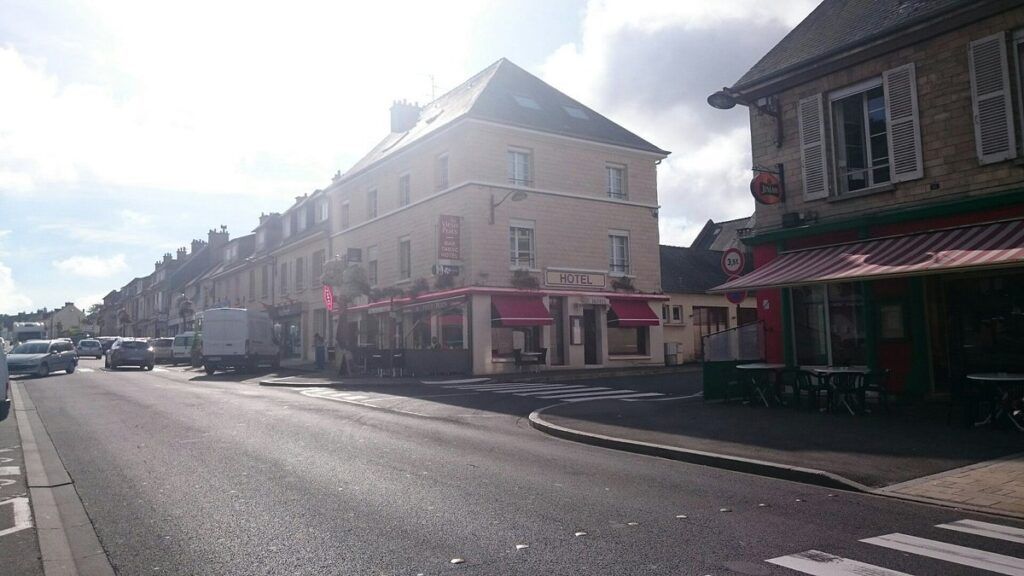
Don’t miss:
- Point 213, where Michael Wittmann’s Tiger tank attacked British troops
- The rebuilt town center
- Memorial markers that tell the story of the battle
Consider using a self-guided tour app for extra context at each stop. The local tourist office is a smart first stop for maps and up-to-date info—some battle sites are on private land, so check before you go wandering.
If you want to go deeper, join a guided tour. There are tours focused just on the Villers-Bocage battle, and they usually include transport to out-of-the-way sites.
See all available accommodations near Villers-Bocage.
Further Exploration: Related Campaigns
The Allied push in Normandy was just one part of the wider fight to beat Nazi Germany. These campaigns all worked together to split German forces and free Western Europe.
Sicily and Operation Anvil
Before D-Day, the Allies tried out their amphibious warfare tactics in Sicily. Operation Husky kicked off on July 10, 1943, when American, British, and Canadian troops hit Sicily’s southern coast. This campaign ended up teaching some hard lessons that shaped the later Normandy landings.
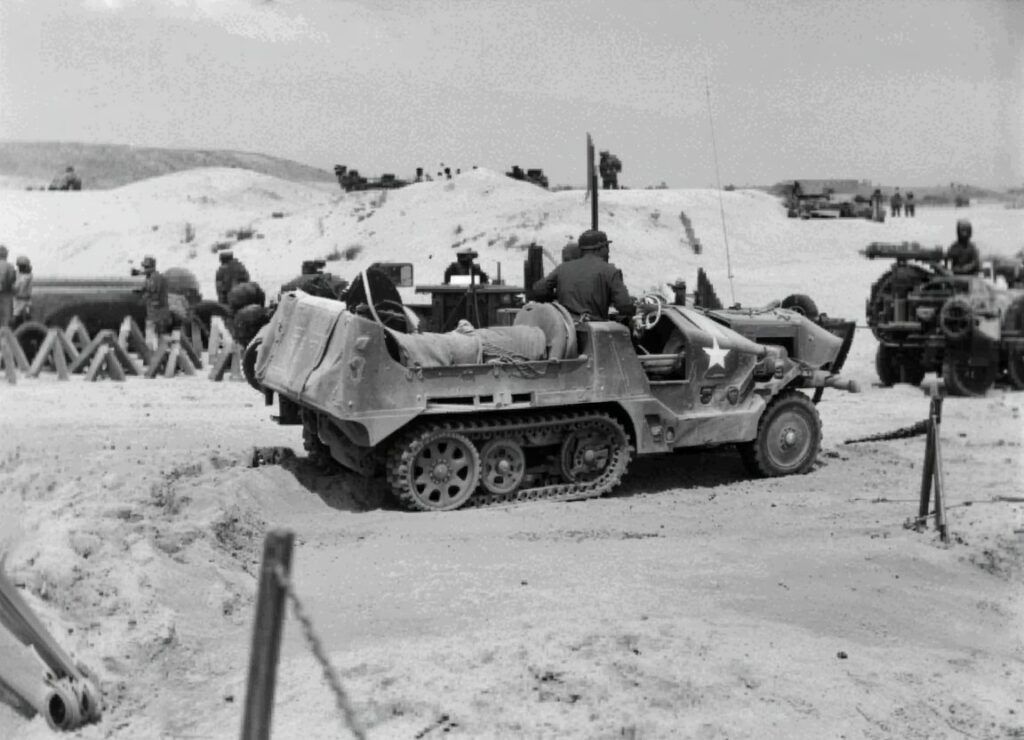
Sicily turned into a testing ground for how air, naval, and ground forces could actually work together. The Allies ran into all sorts of issues—beach obstacles, landing craft that didn’t always behave, and plenty of communication headaches.
Operation Anvil (which folks later called Dragoon) launched on August 15, 1944, hitting southern France. That opened up a second front and forced German defenders to split their attention. American and French troops pushed north from the Mediterranean beaches with surprising speed.
Honestly, both of these operations put the Germans in a tough spot and kept them from sending more help to Normandy.
Legacy of the Allied Advance in Western Europe
The Allied push through Western Europe after D-Day completely changed the war’s direction. Once they broke out past Villers-Bocage and the tangled bocage fields, they picked up speed toward Paris and kept going.
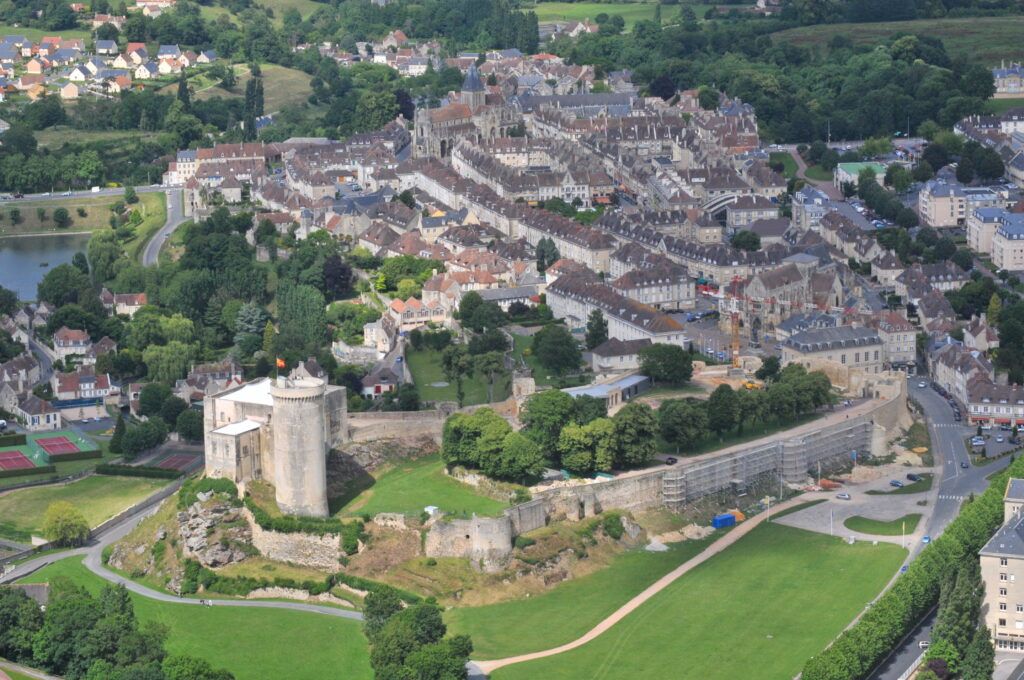
Today, you can actually follow this route yourself by visiting memorials and museums scattered along the way. The Liberation Route Europe ties together these historic spots across eight countries, tracing the Allied journey from Normandy all the way to Berlin.
Some of the major landmarks you’ll find:
- Falaise Pocket – The site where Allied forces trapped thousands of German troops
- Paris Liberation Museum – Tells the story of the city’s liberation on August 25, 1944
- Bastogne War Museum – Remembers the fierce Battle of the Bulge
The cost for this victory was staggering—over 200,000 Allied casualties during the campaign across Europe. Still, these battles paved the way for Germany’s surrender on May 8, 1945.
Find comfortable stays within moments of historic battlegrounds

